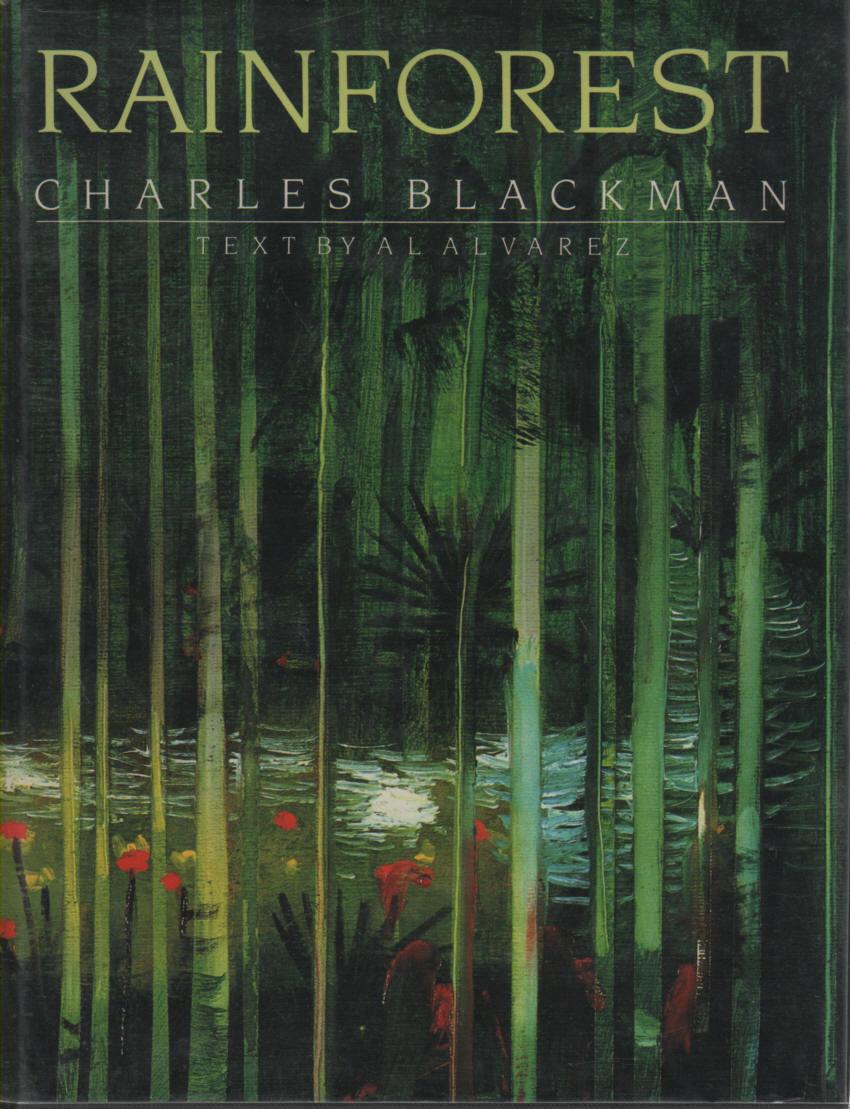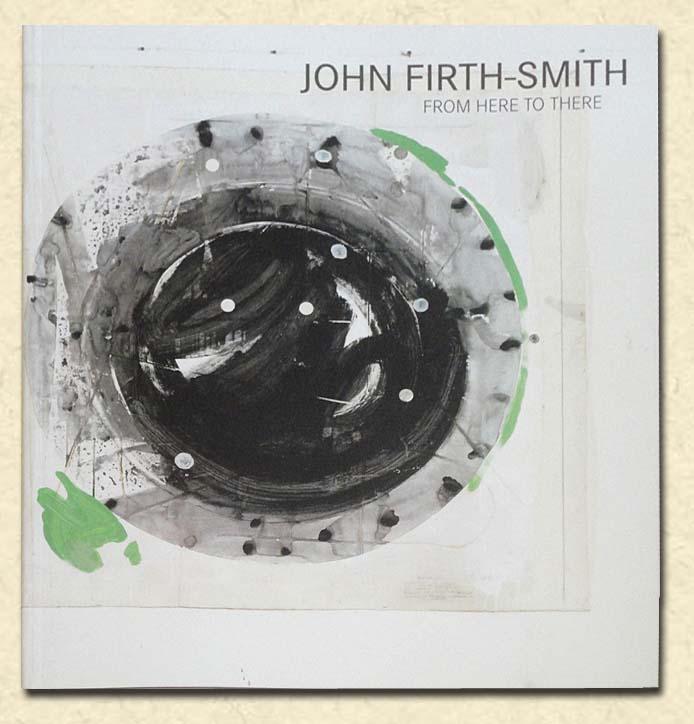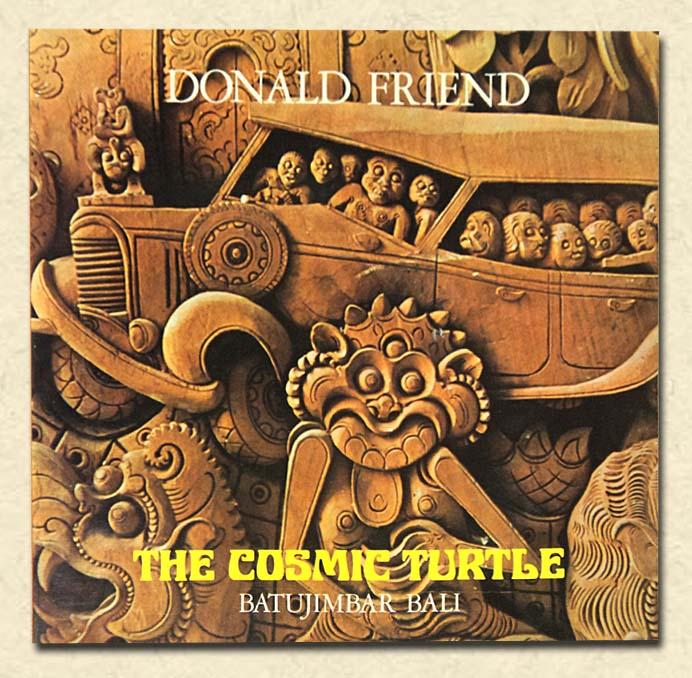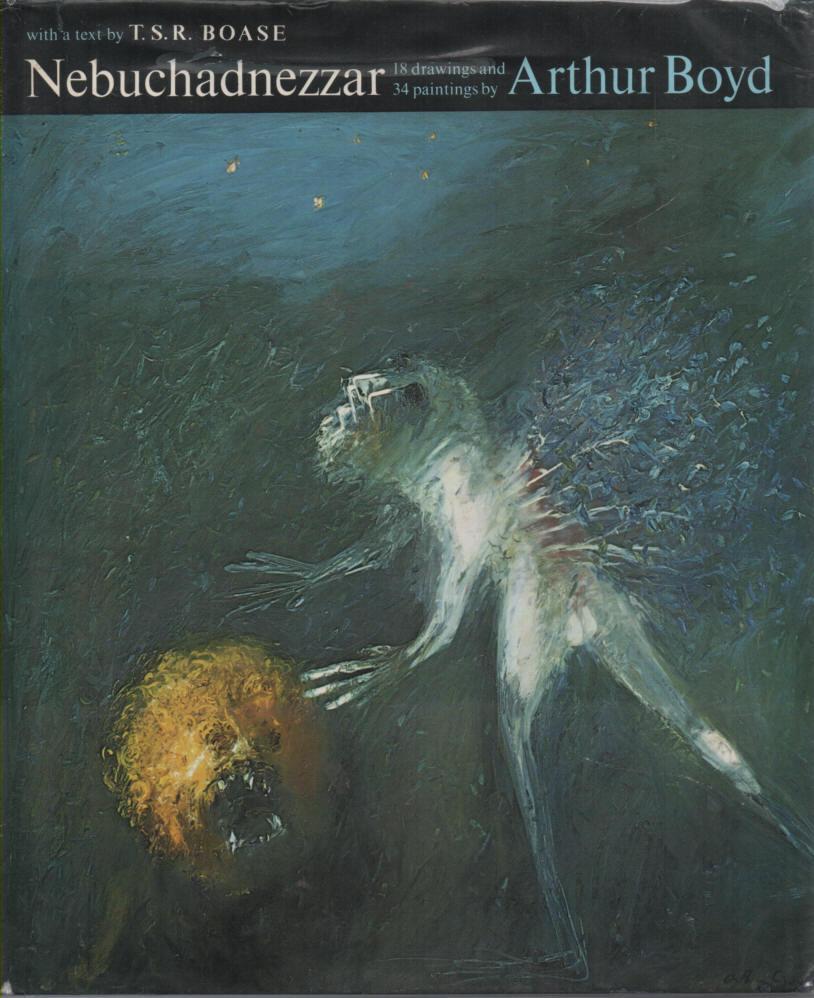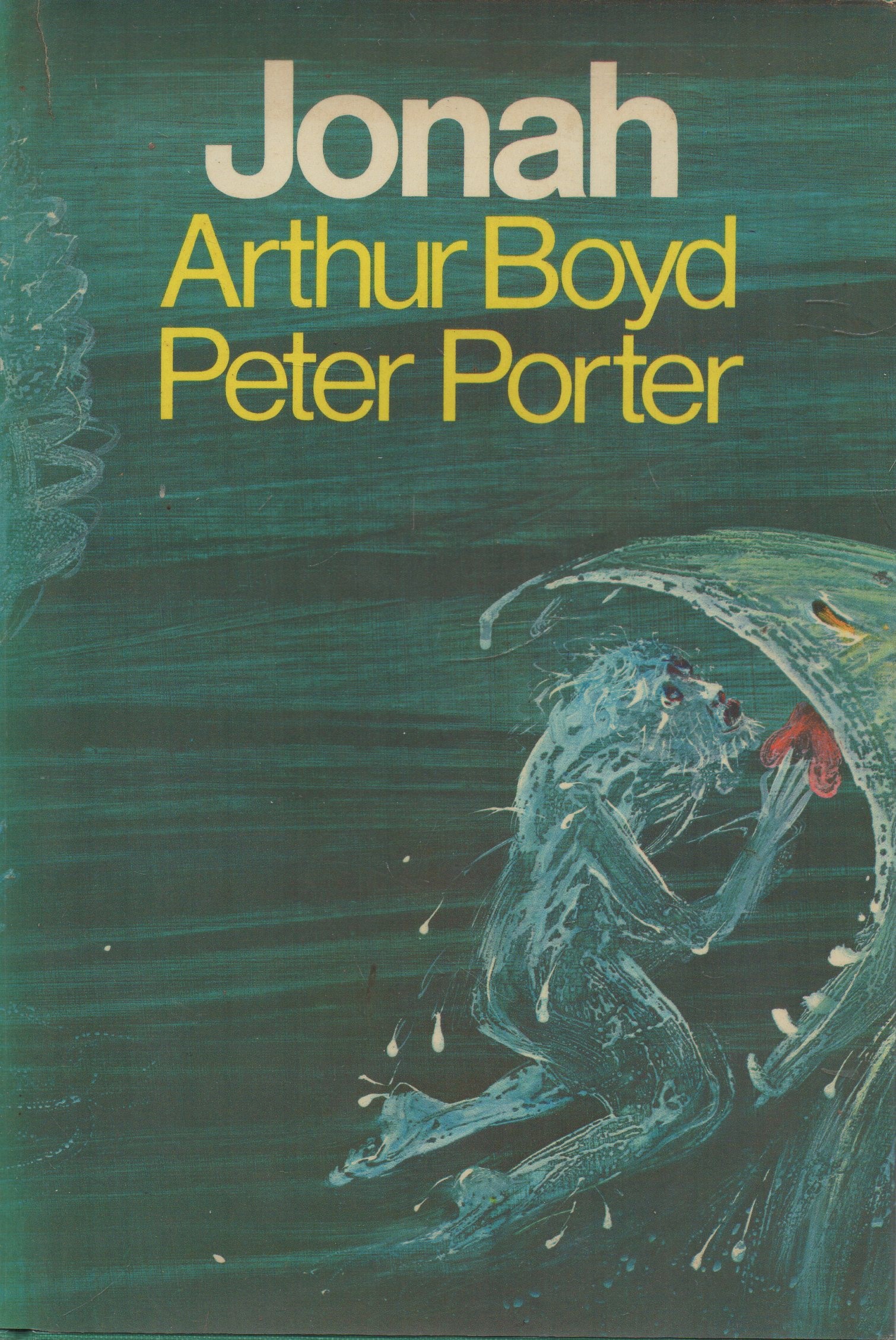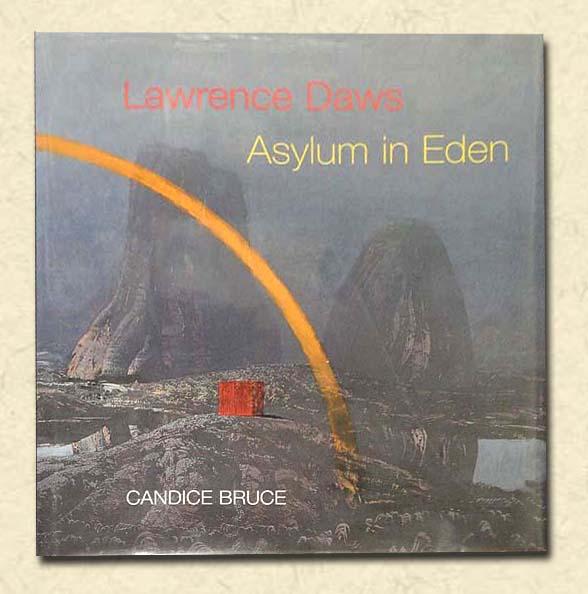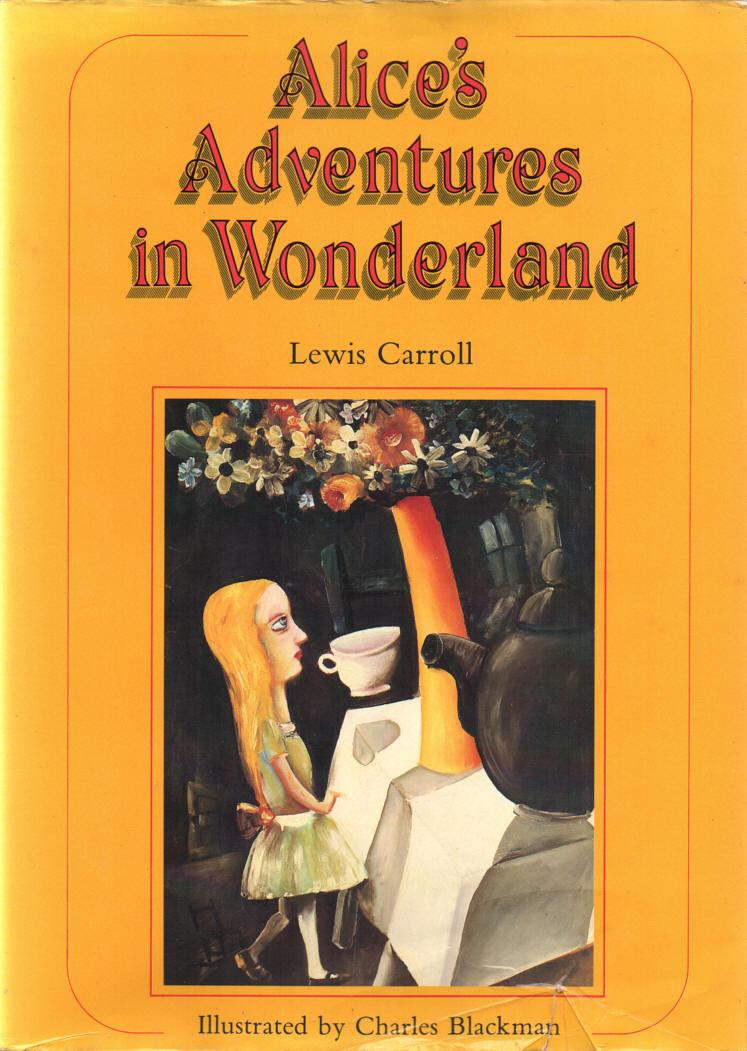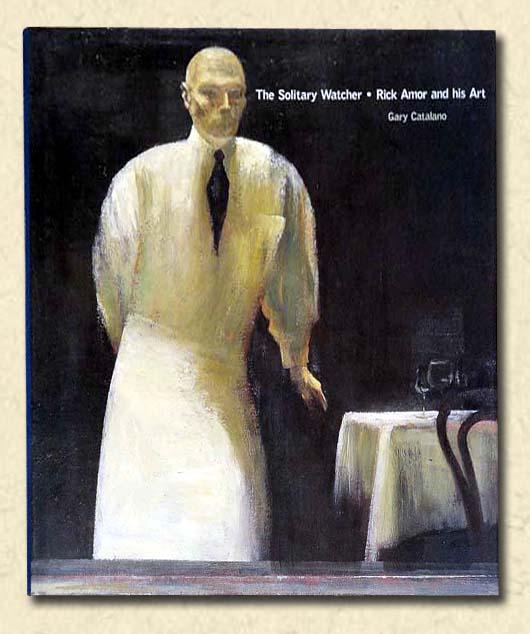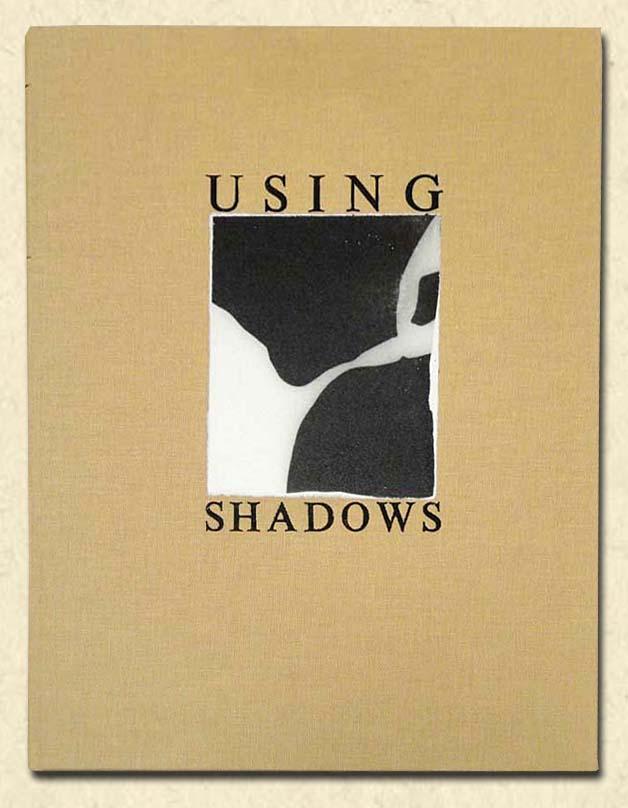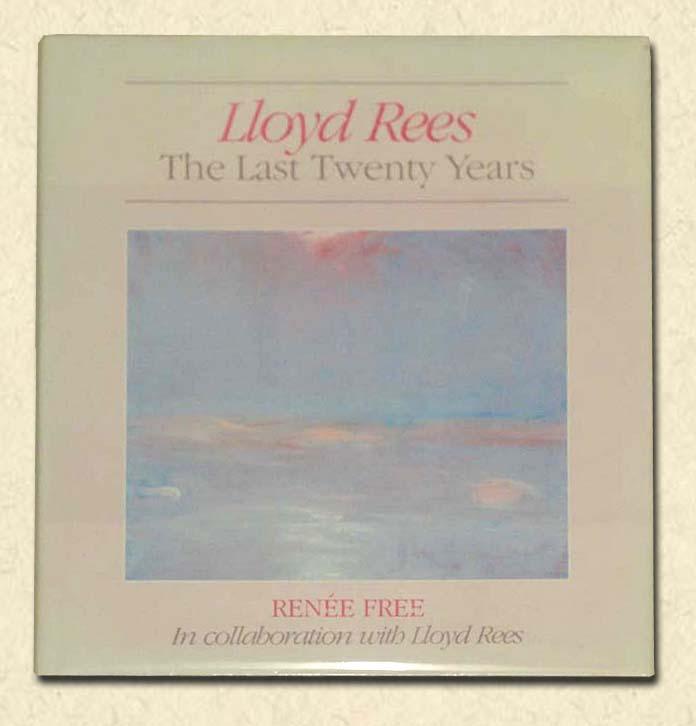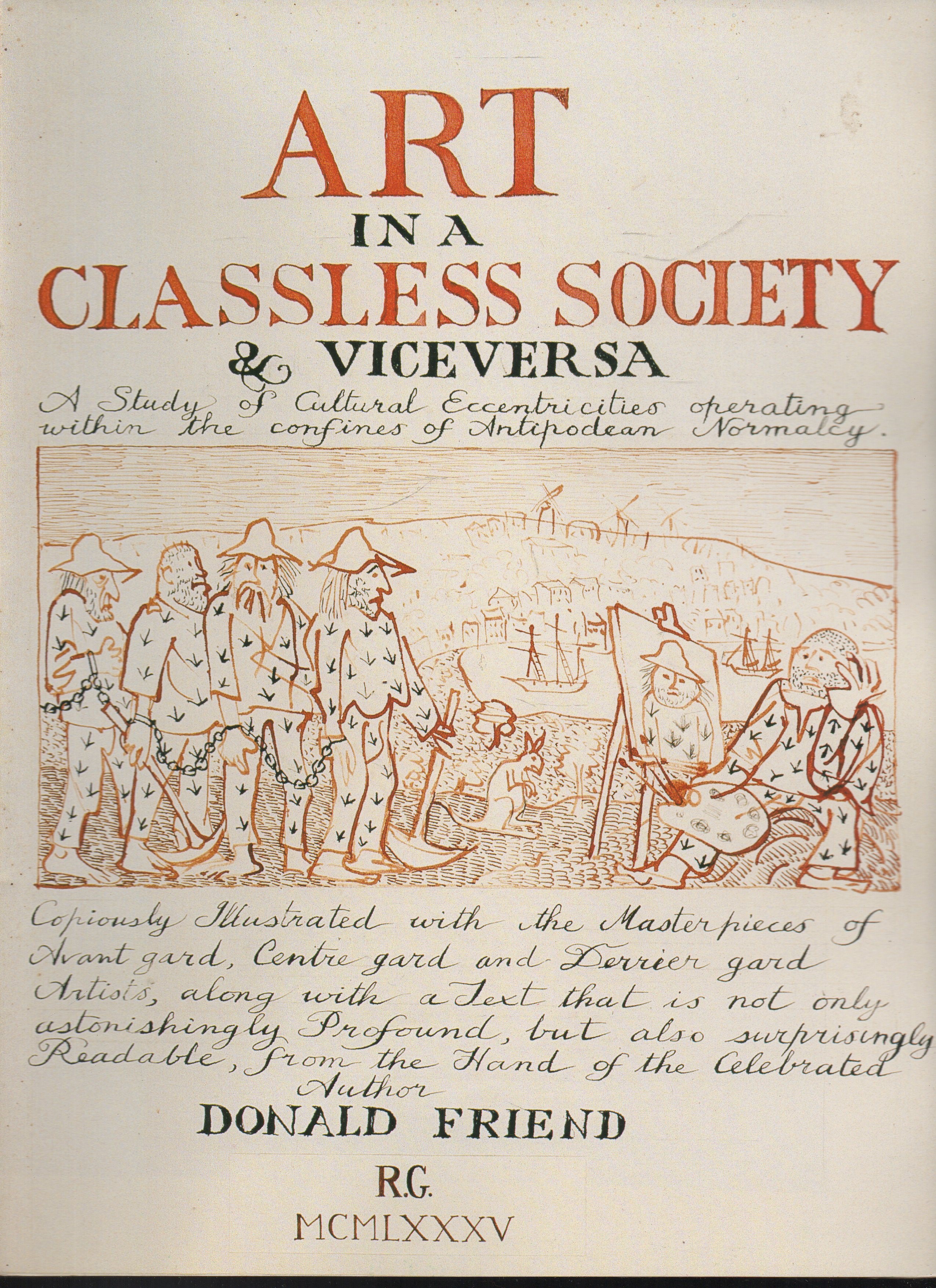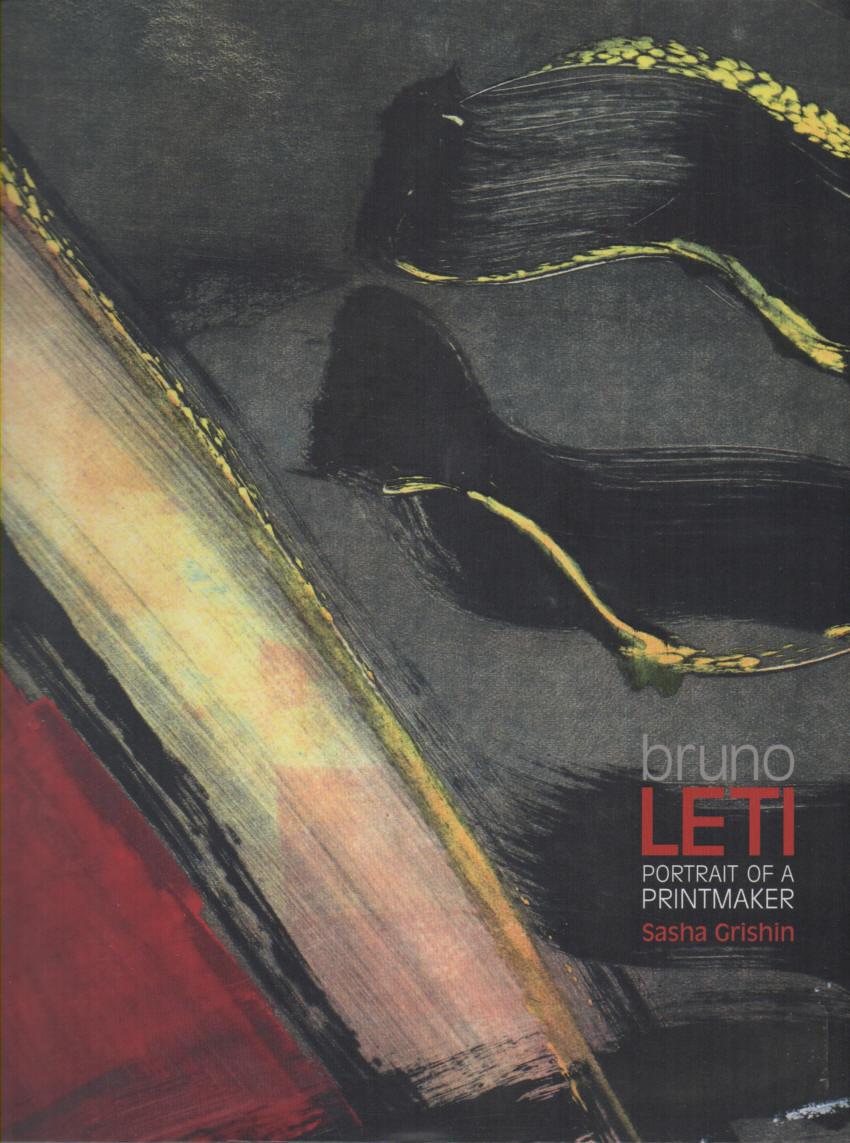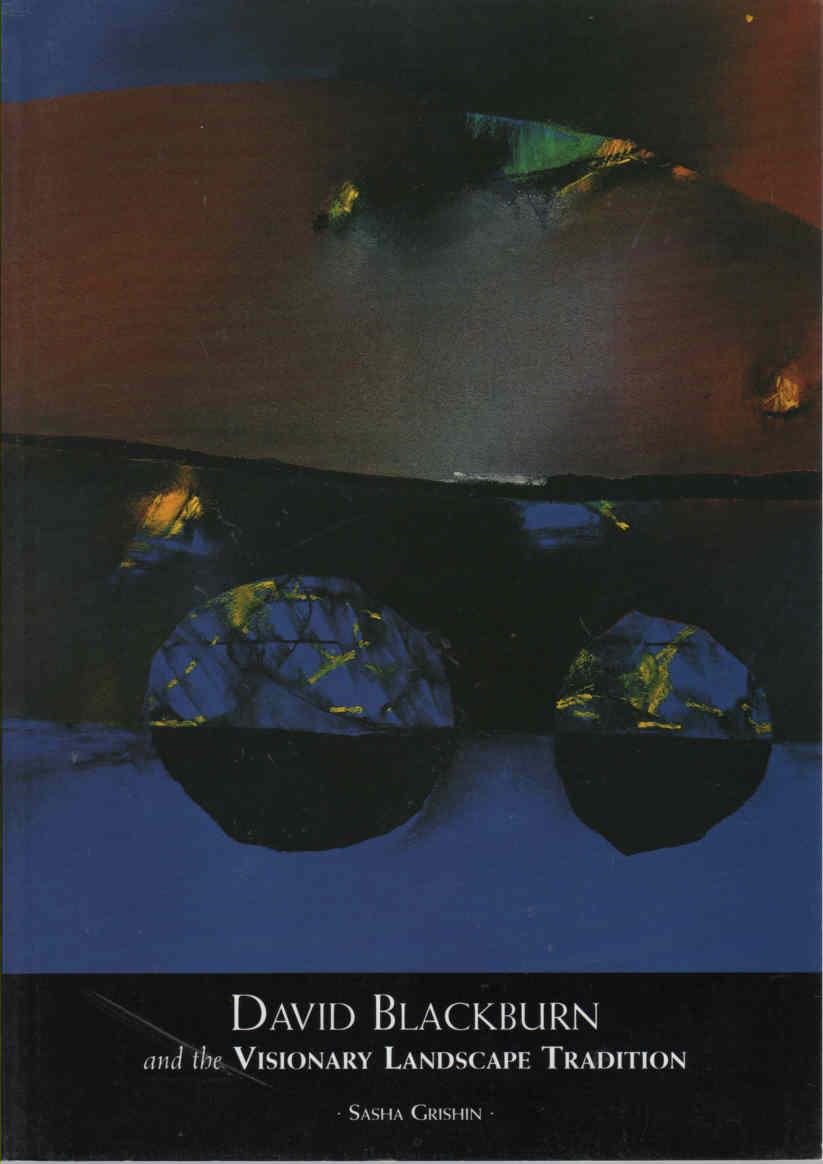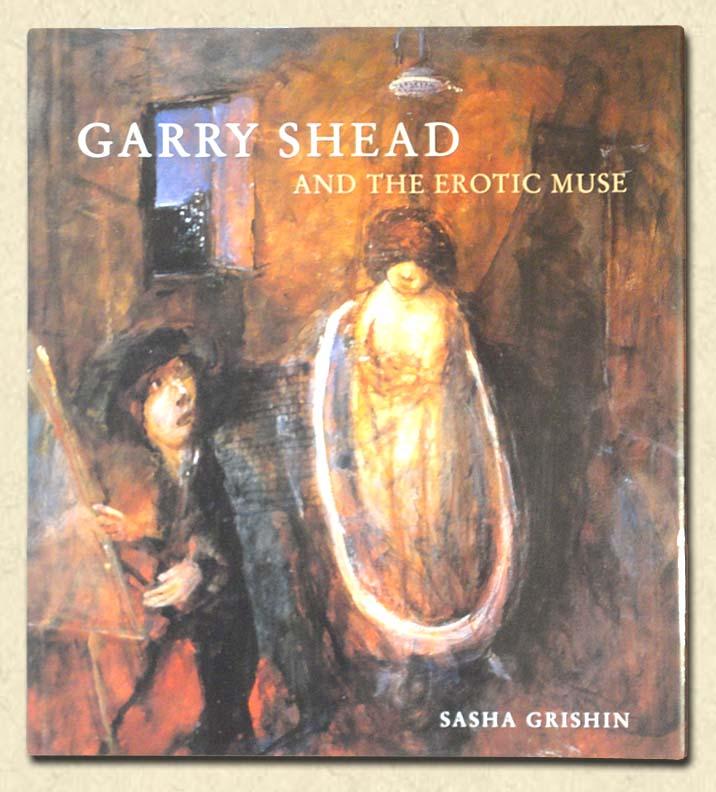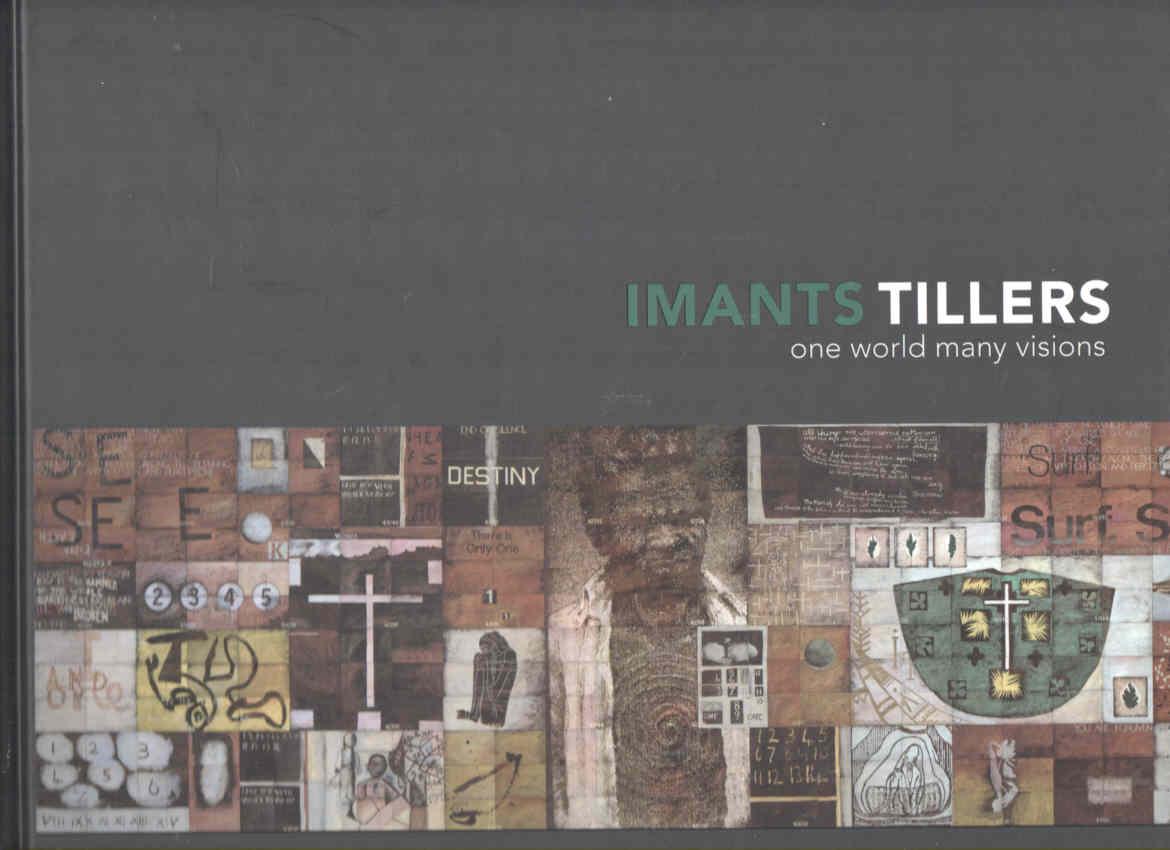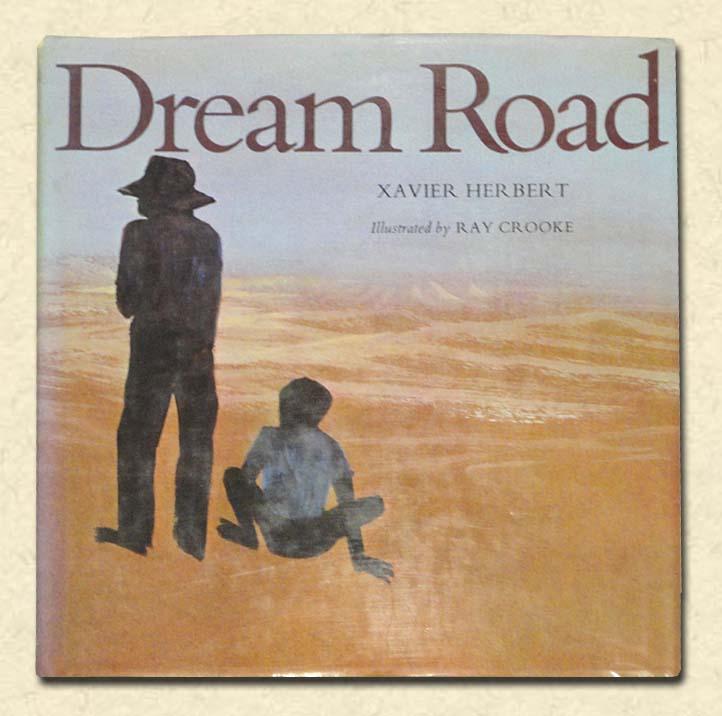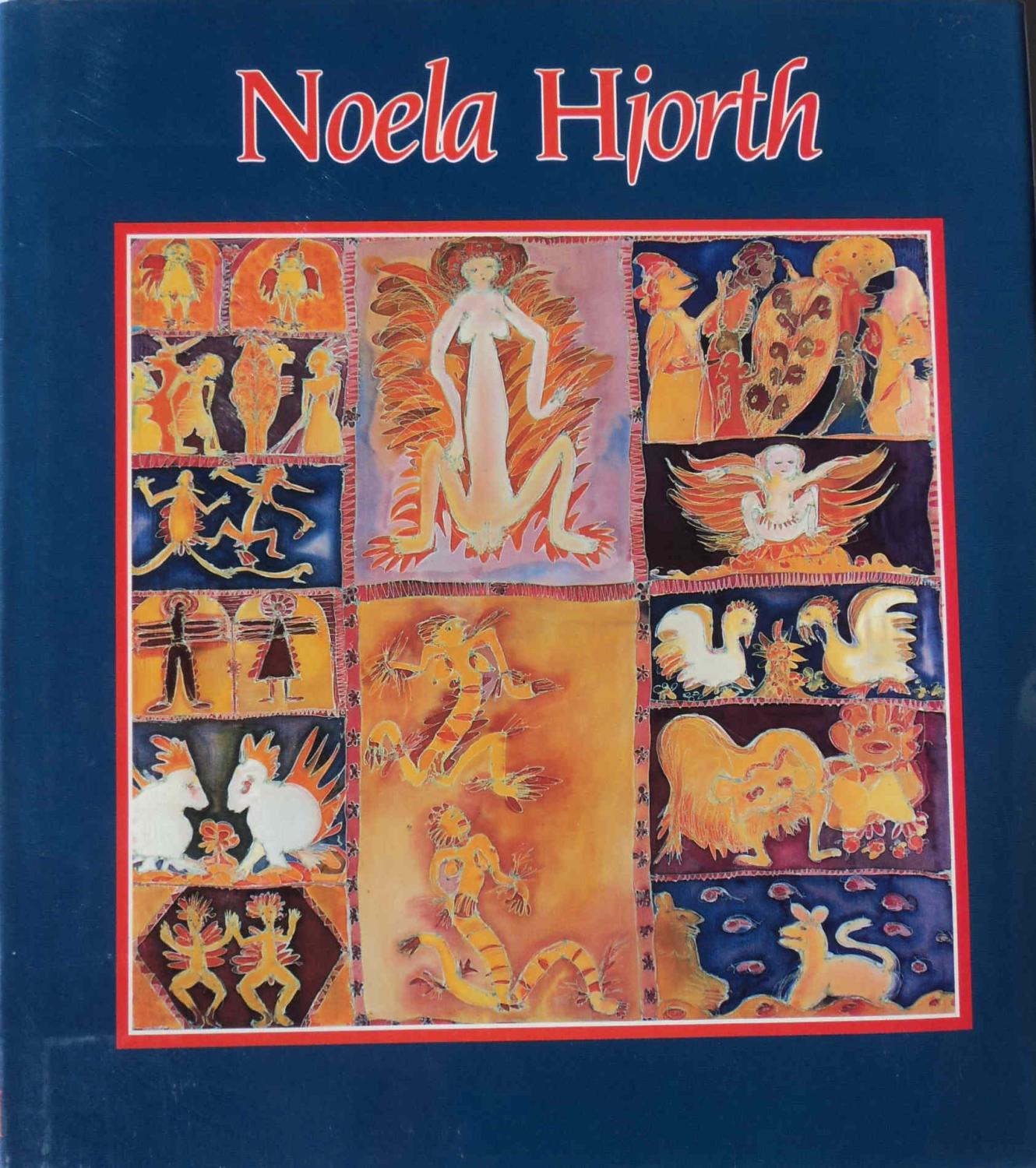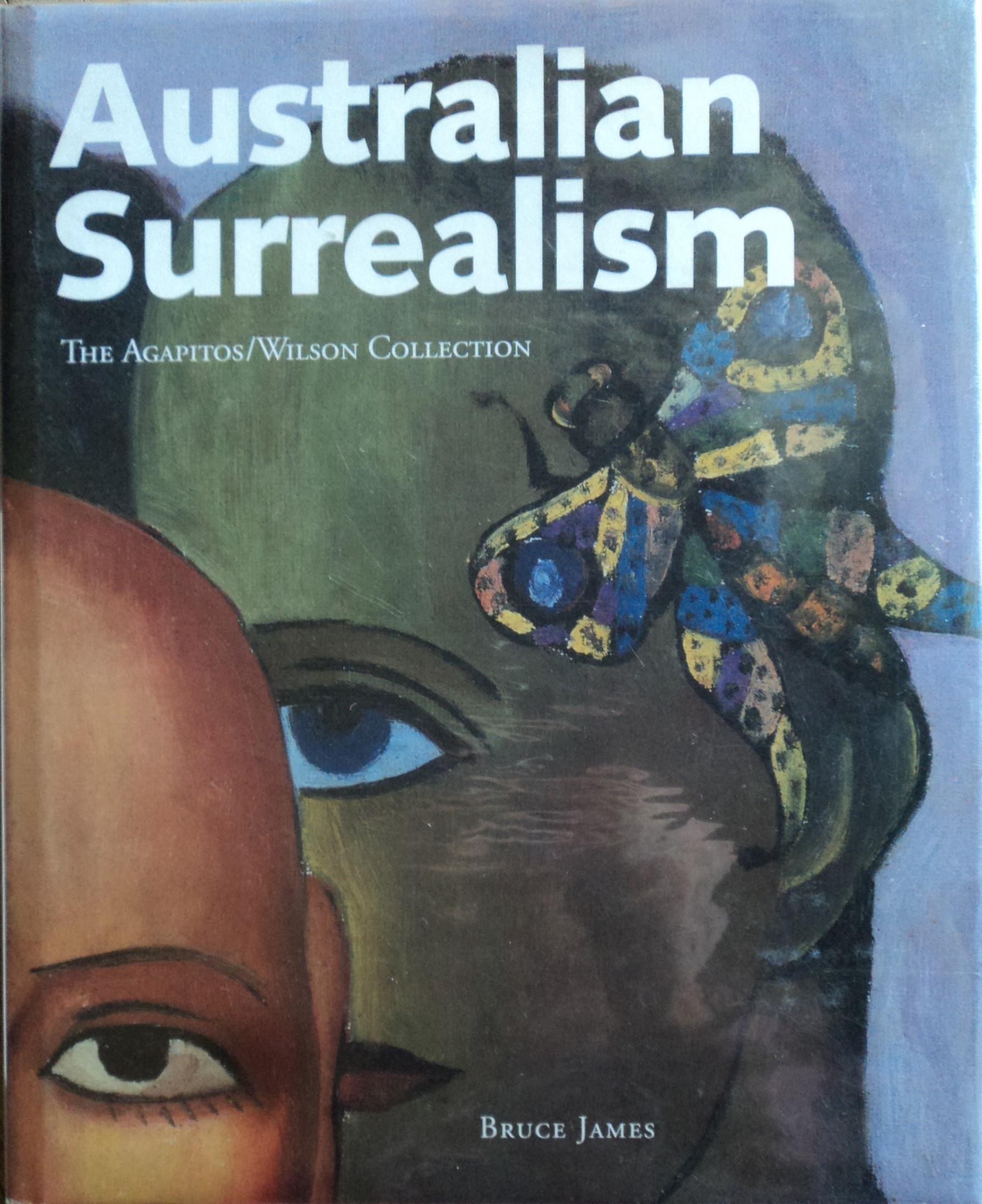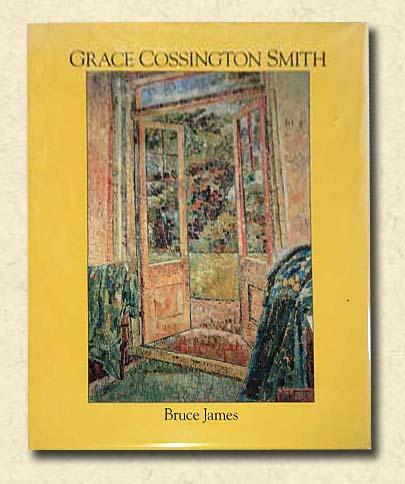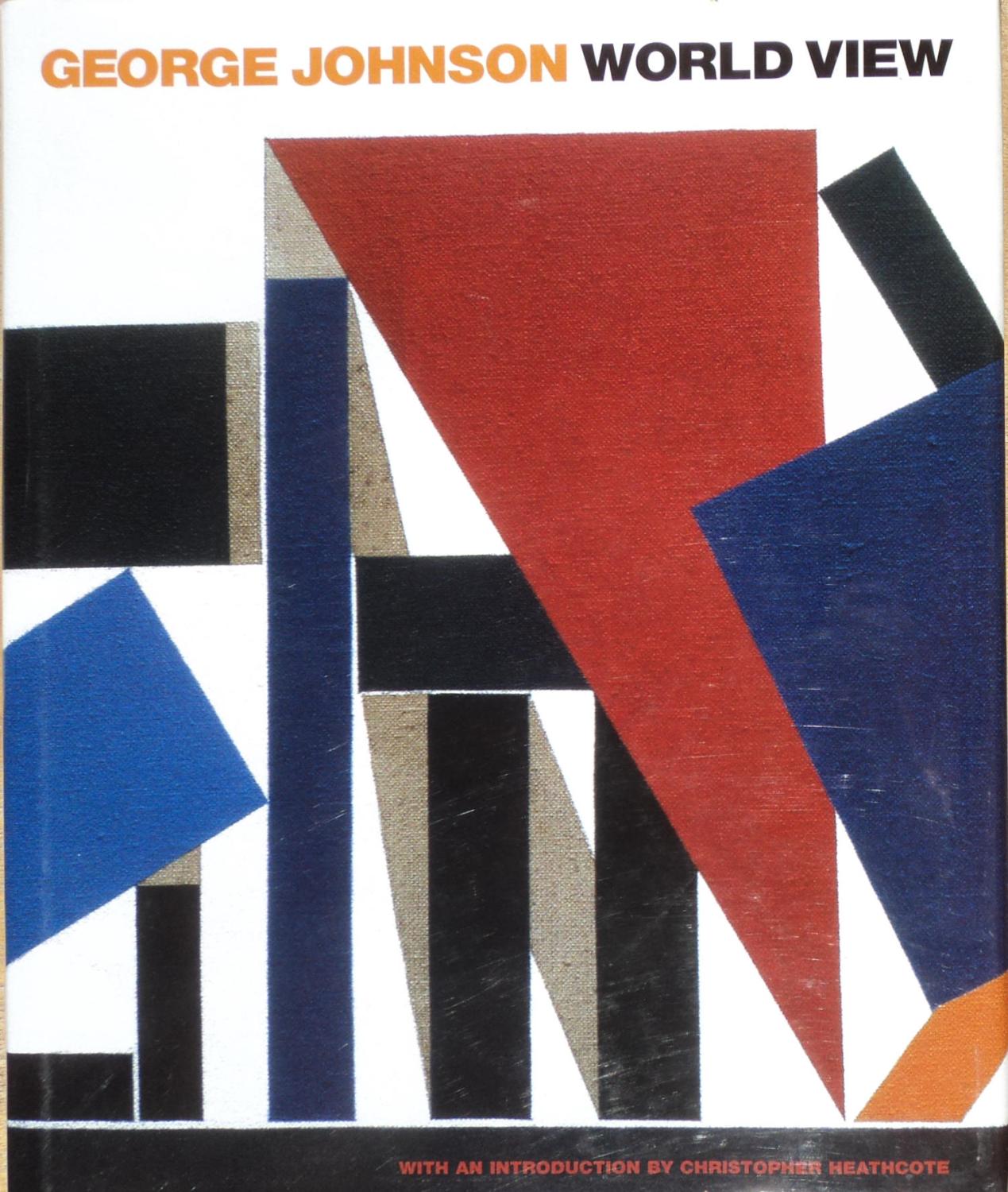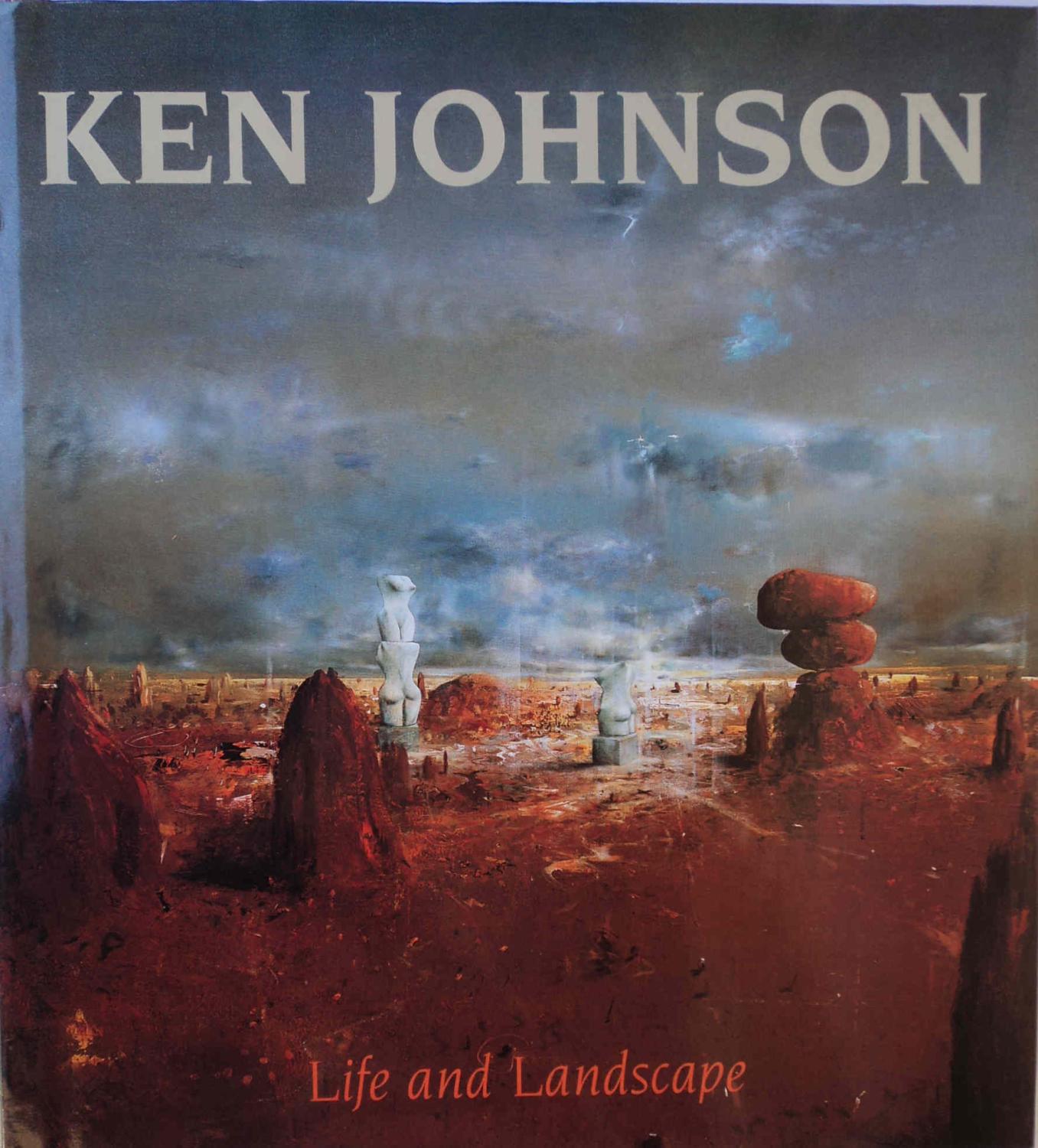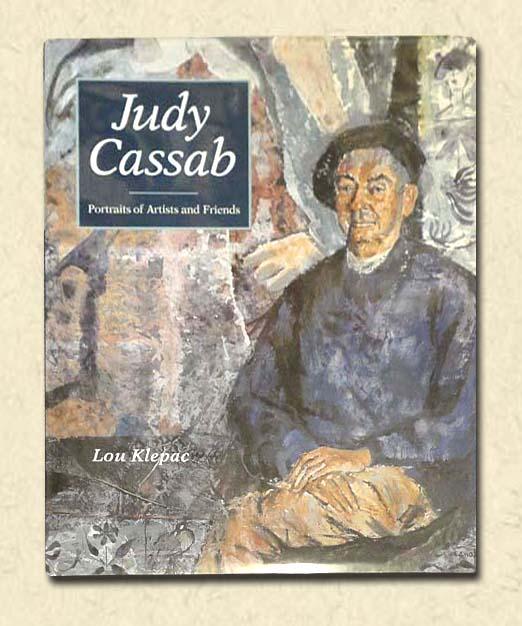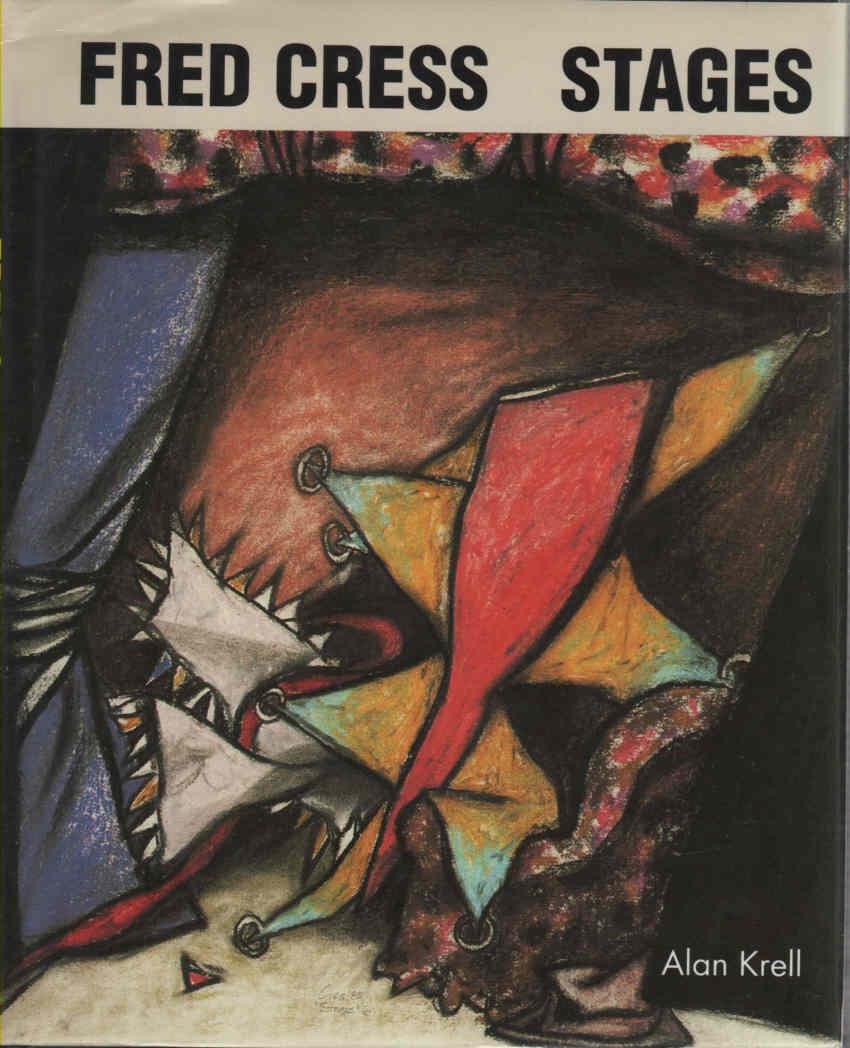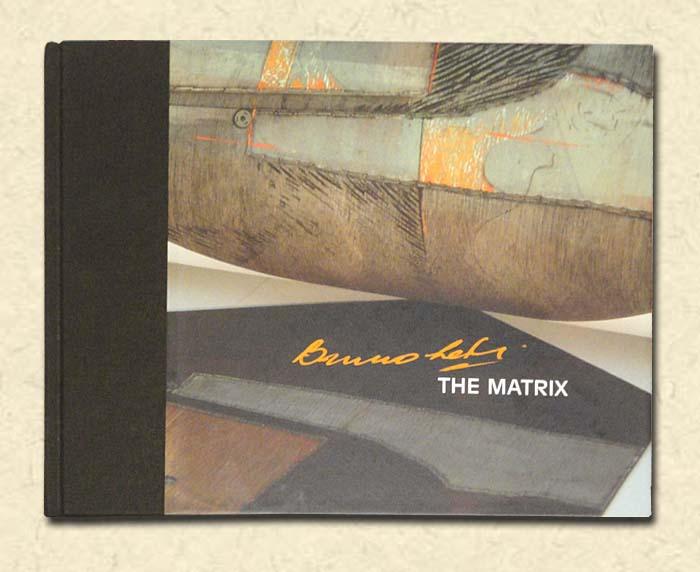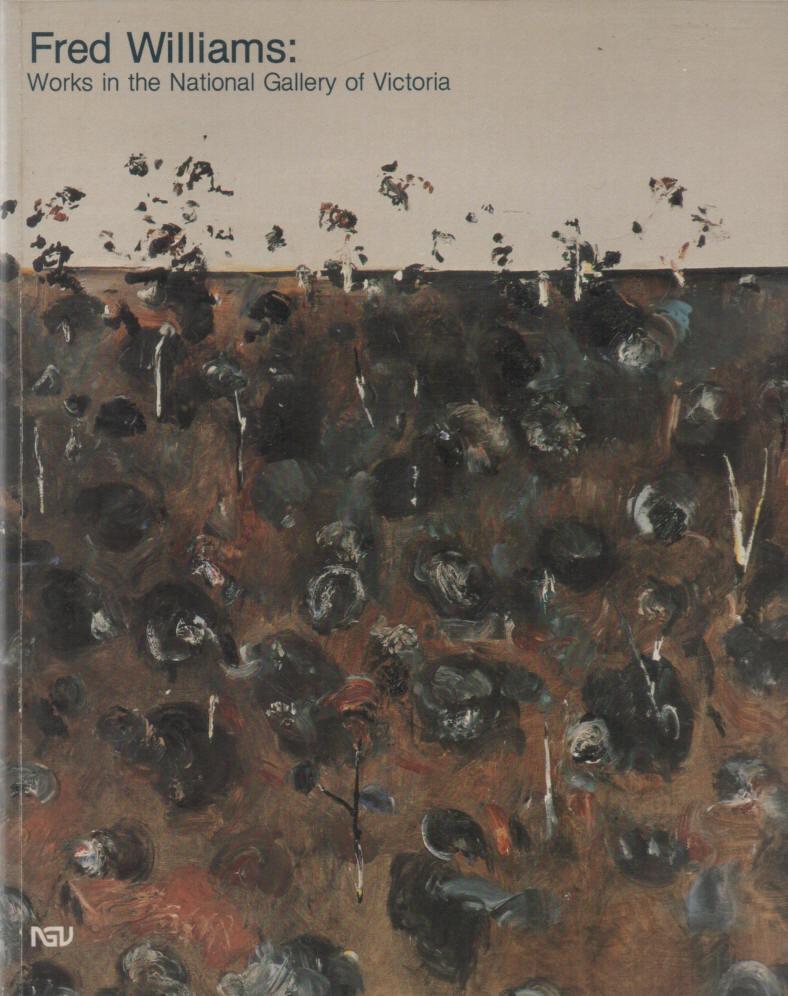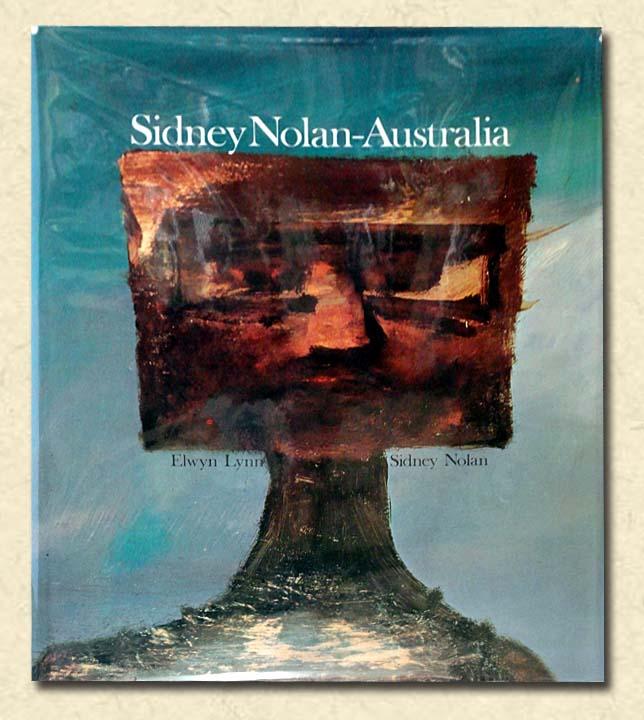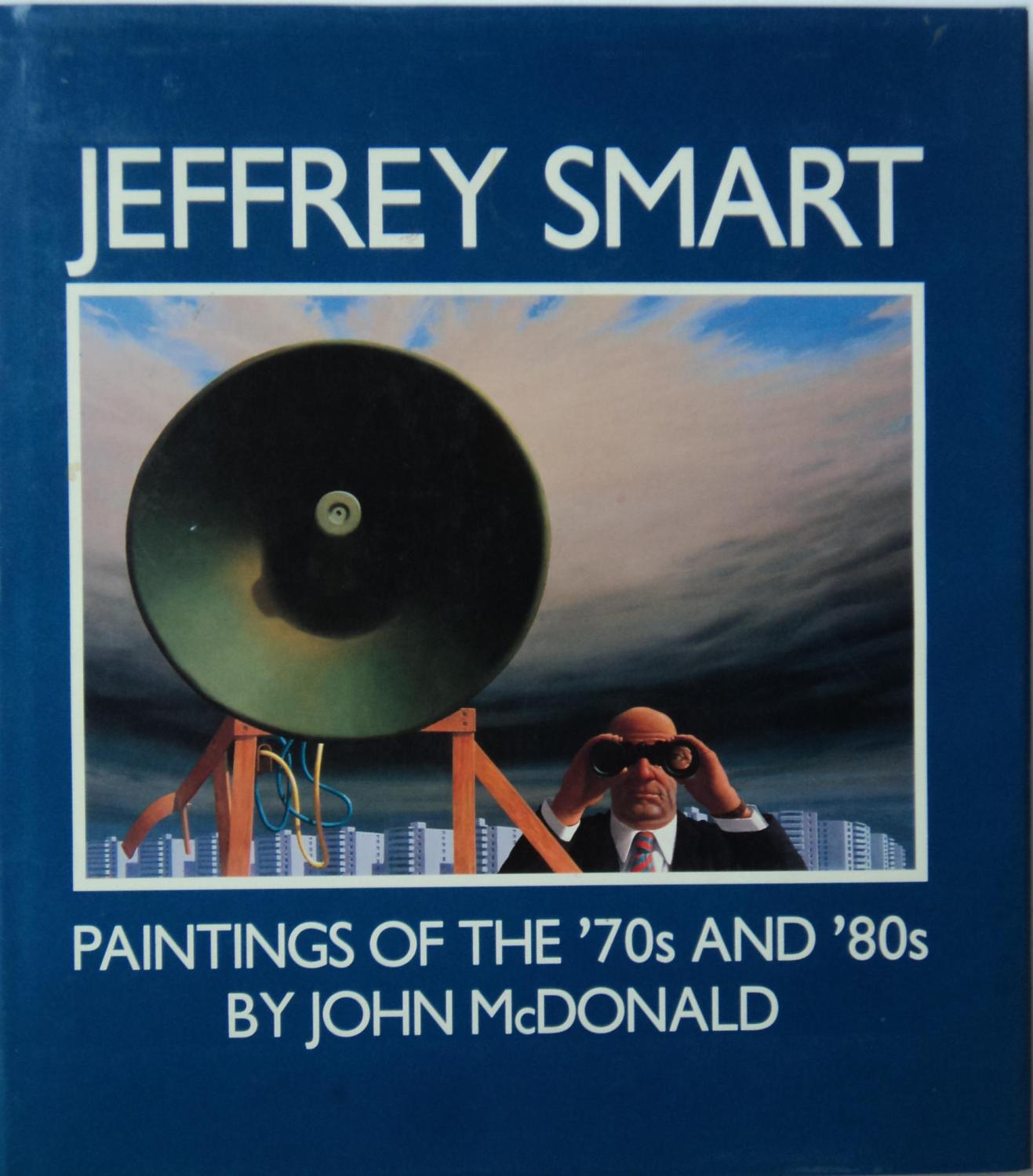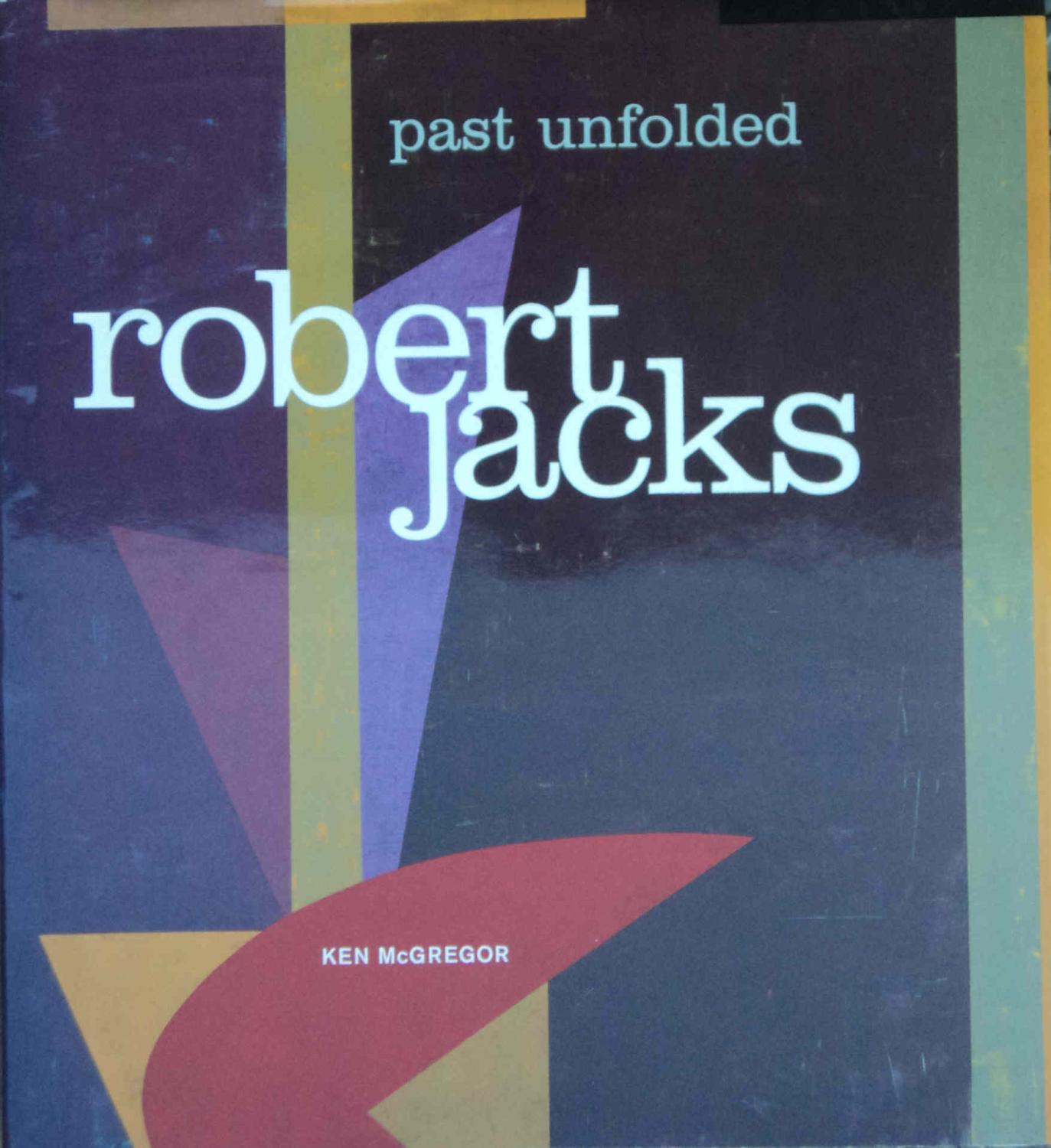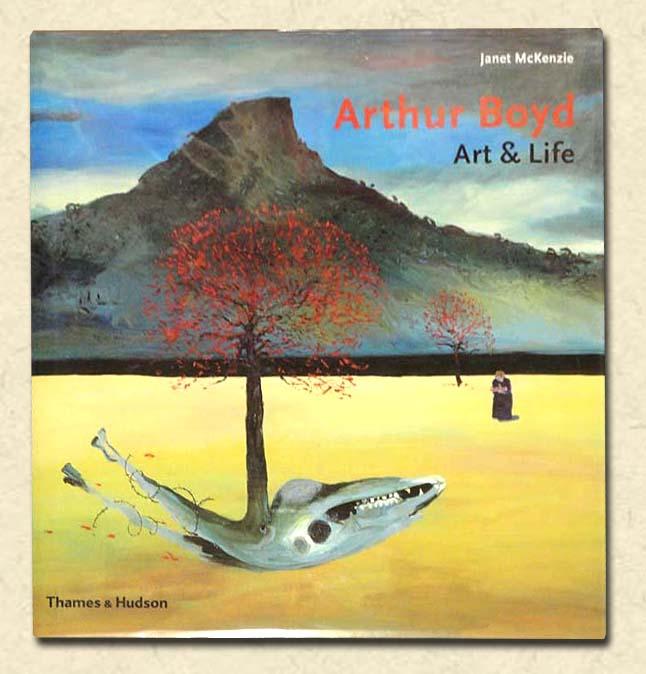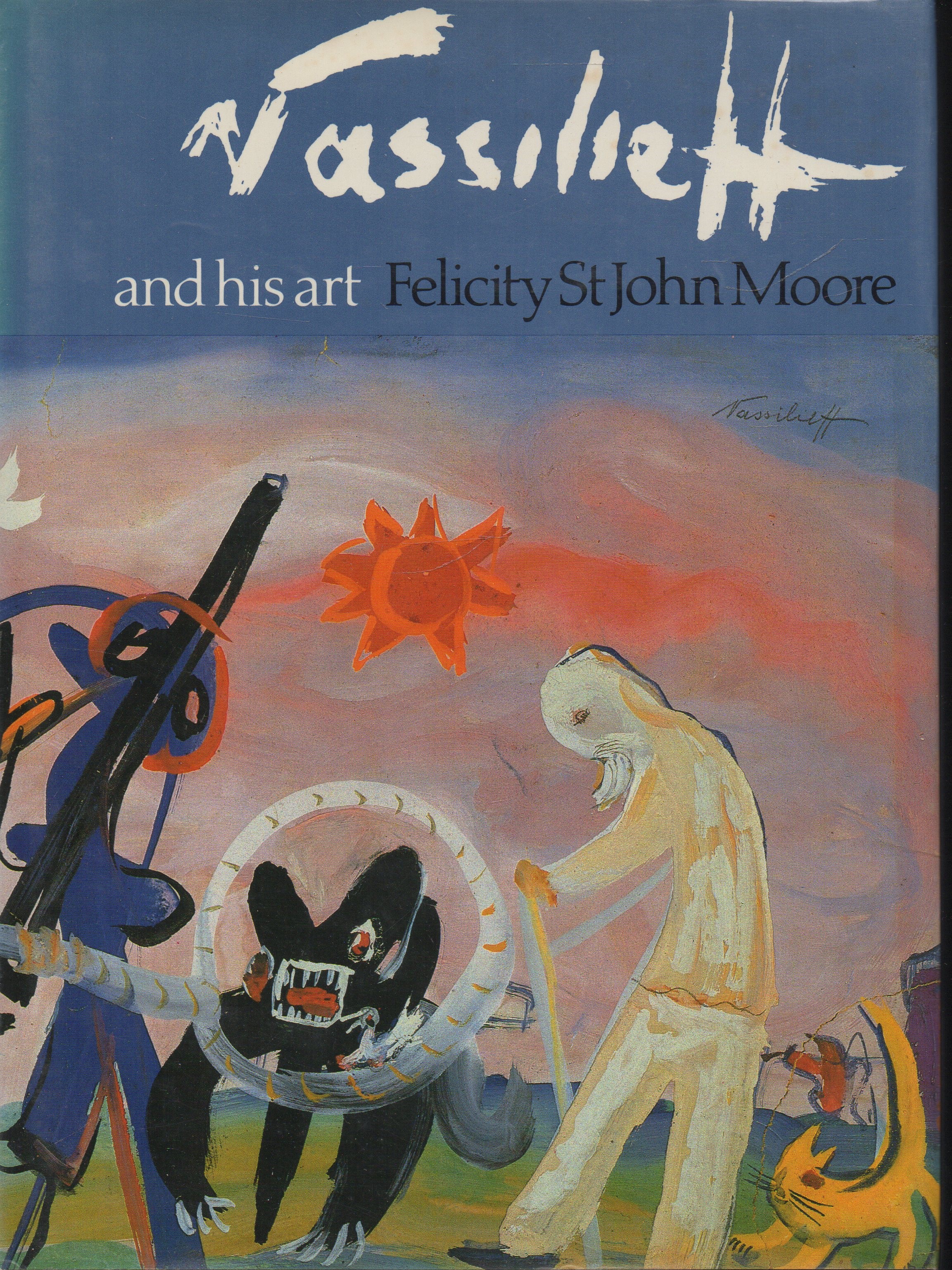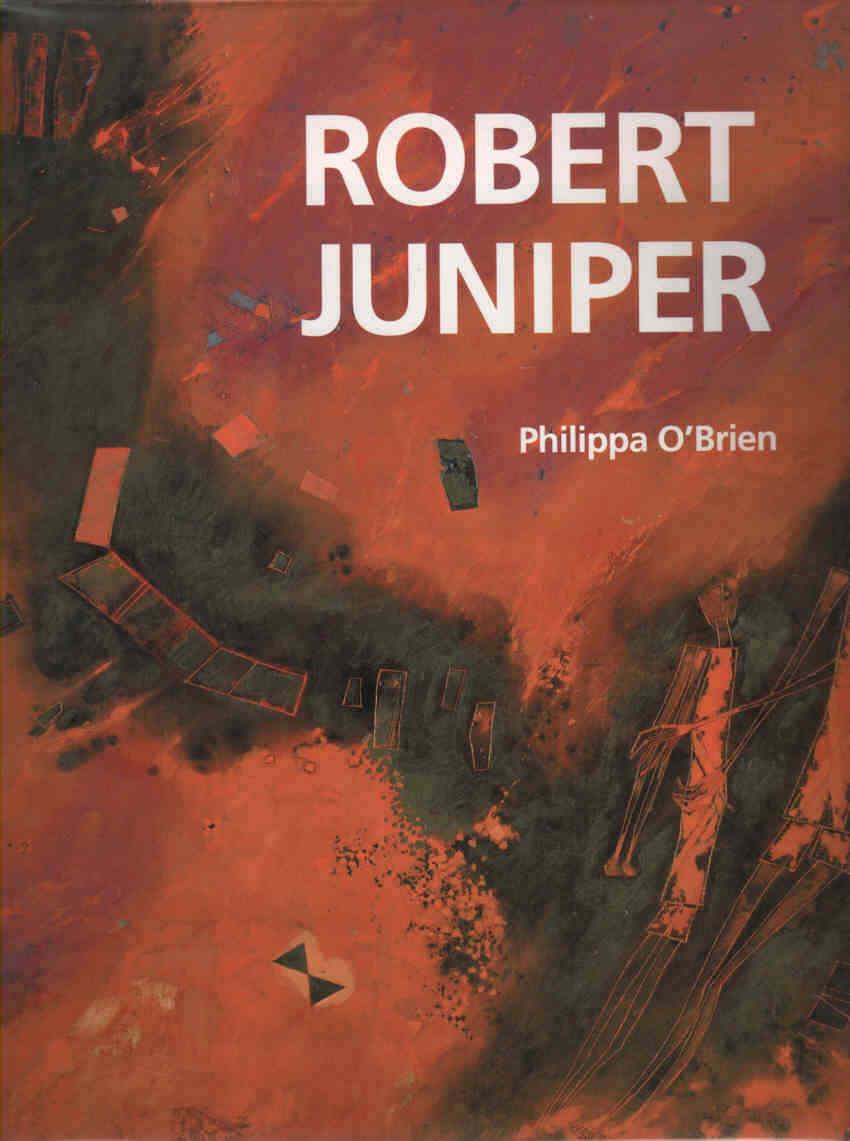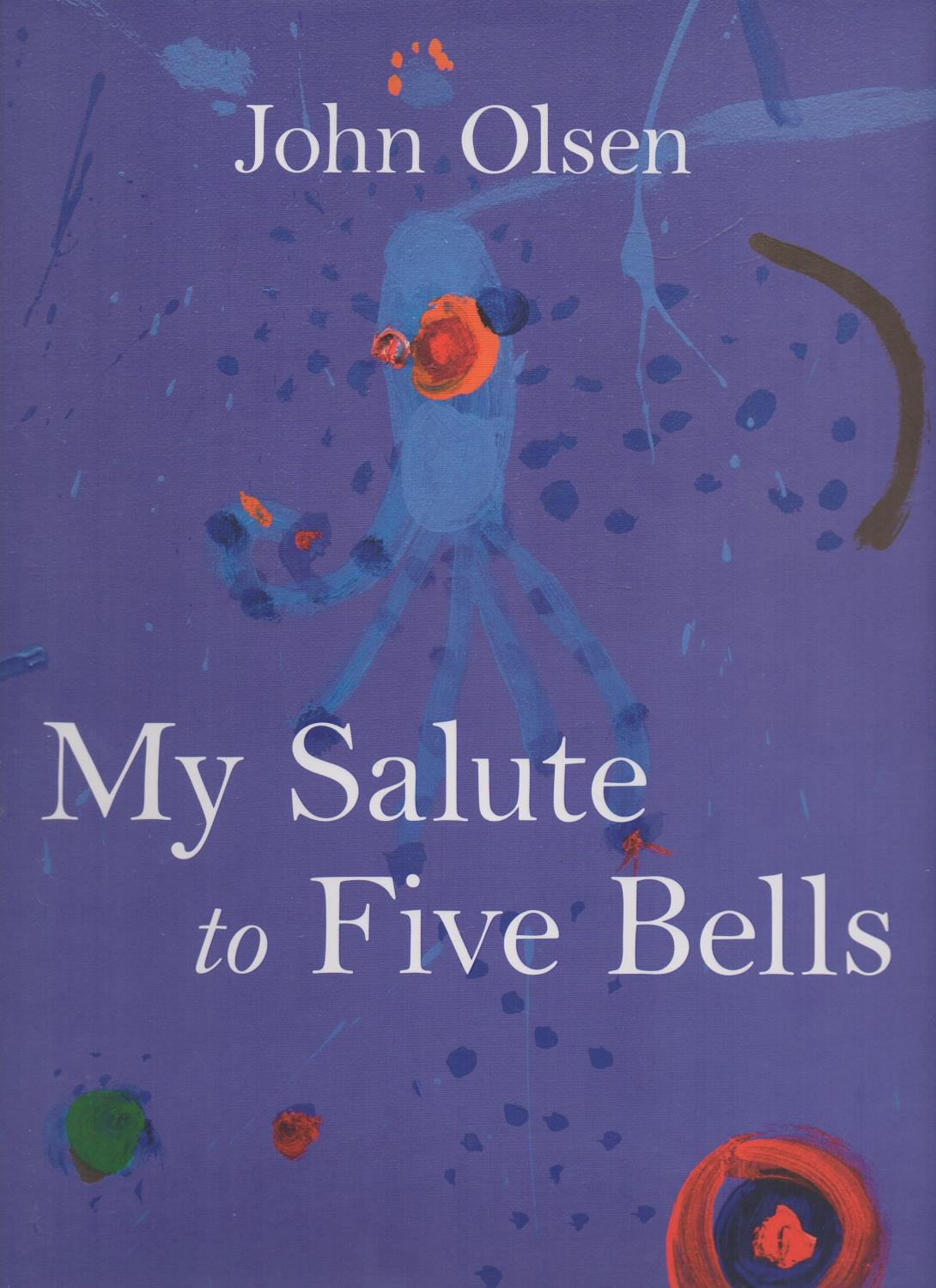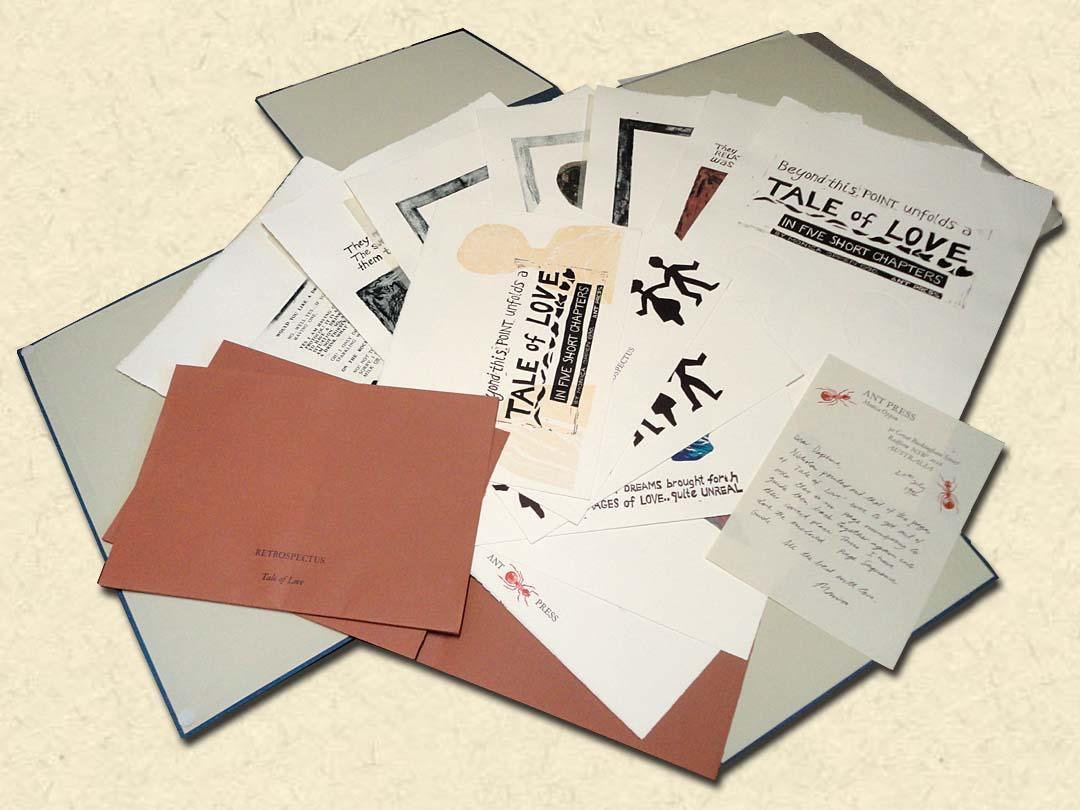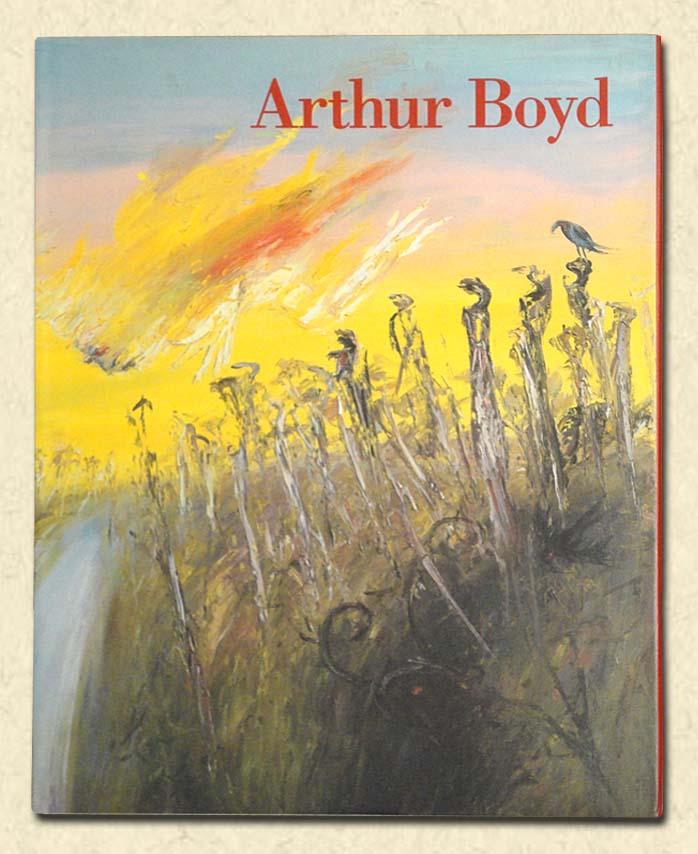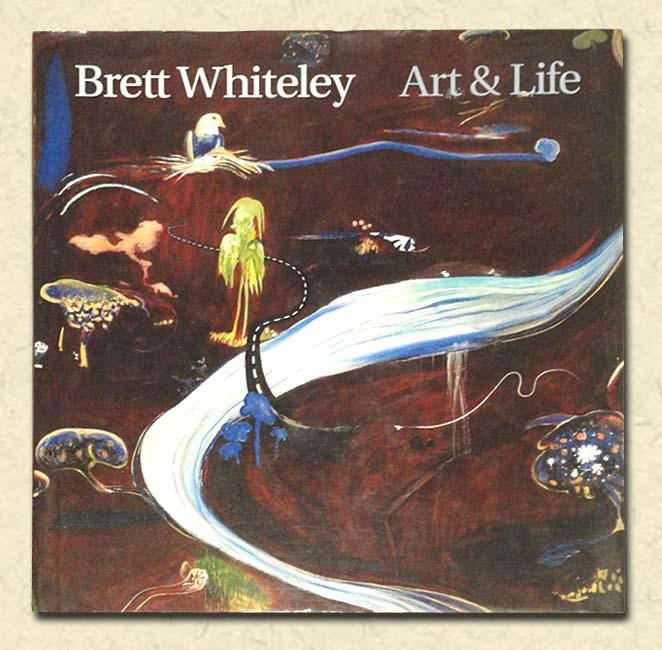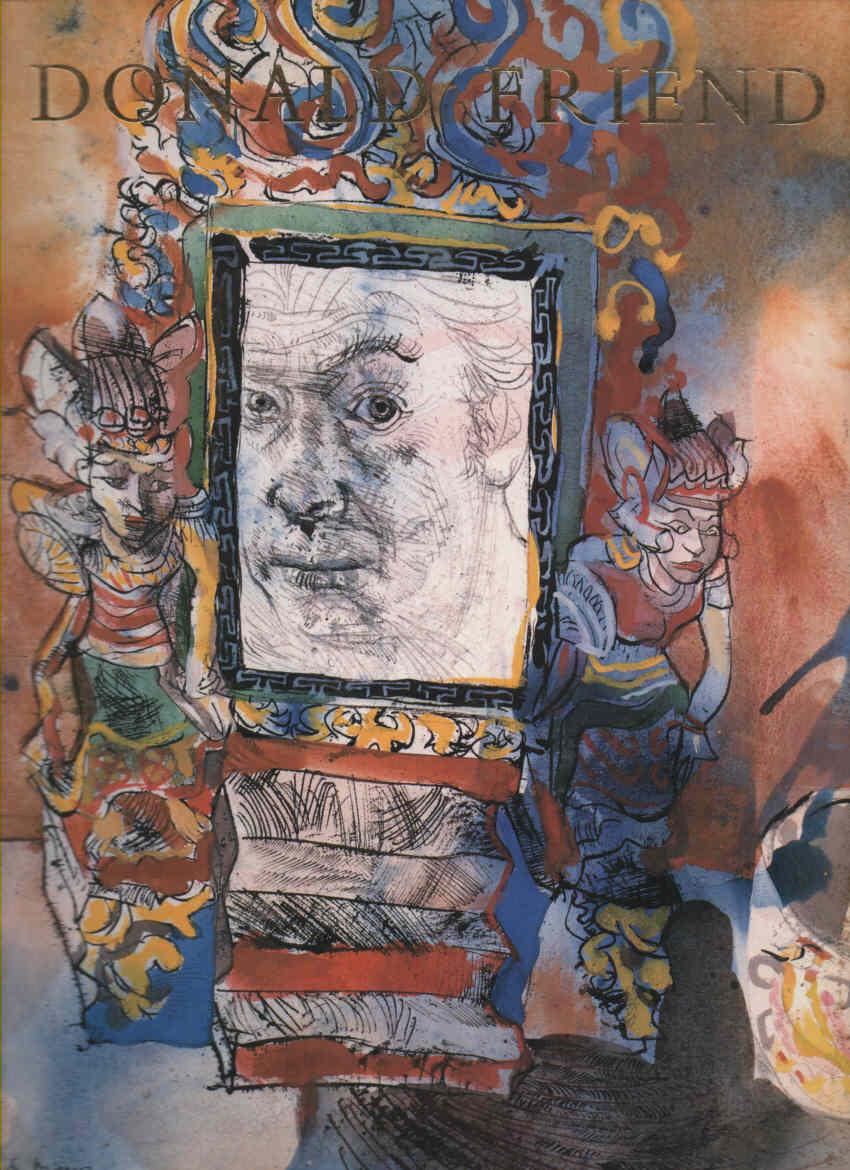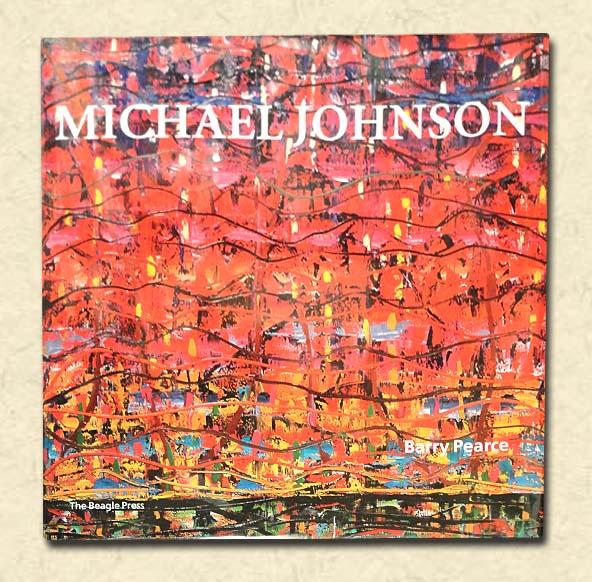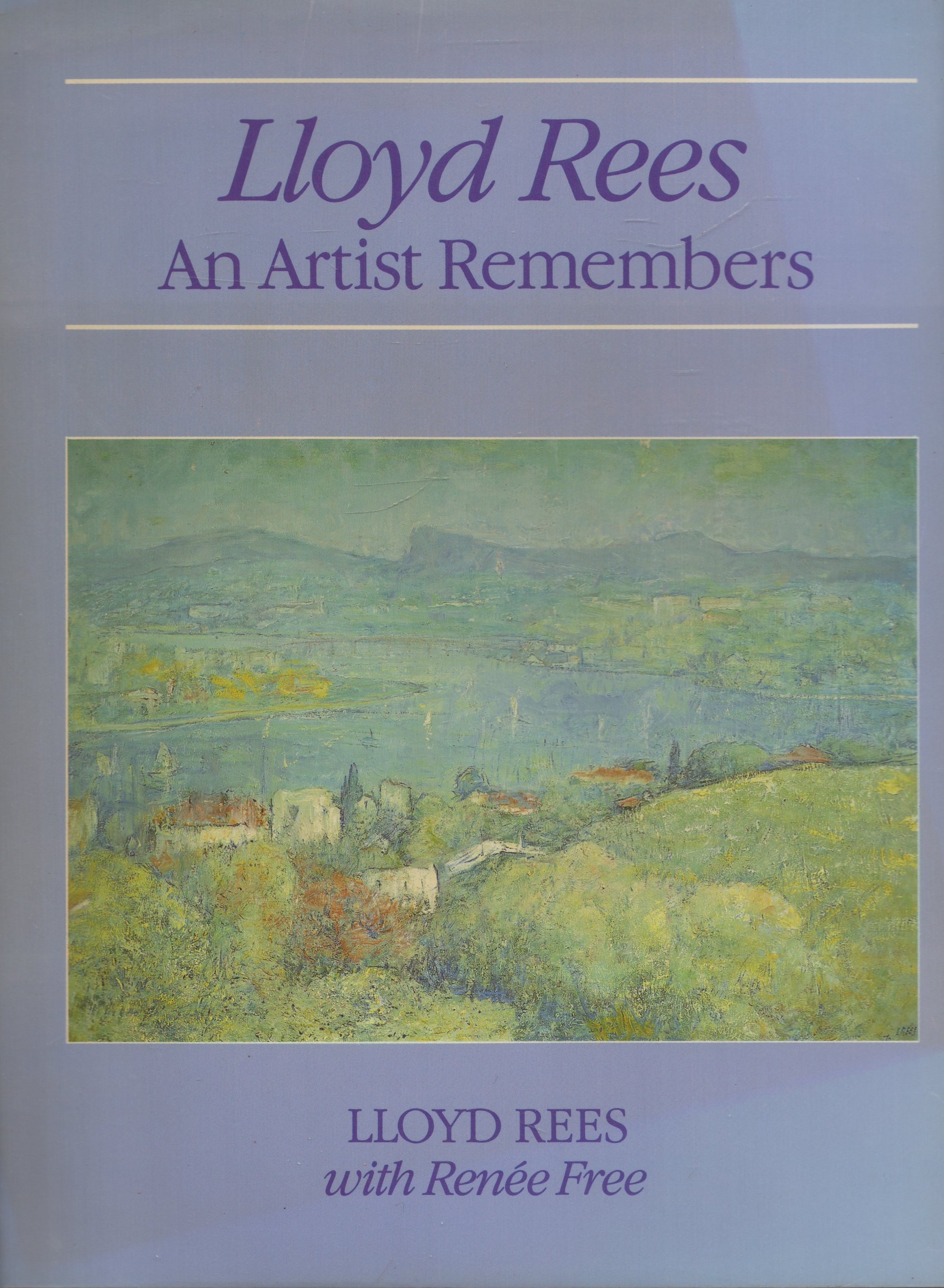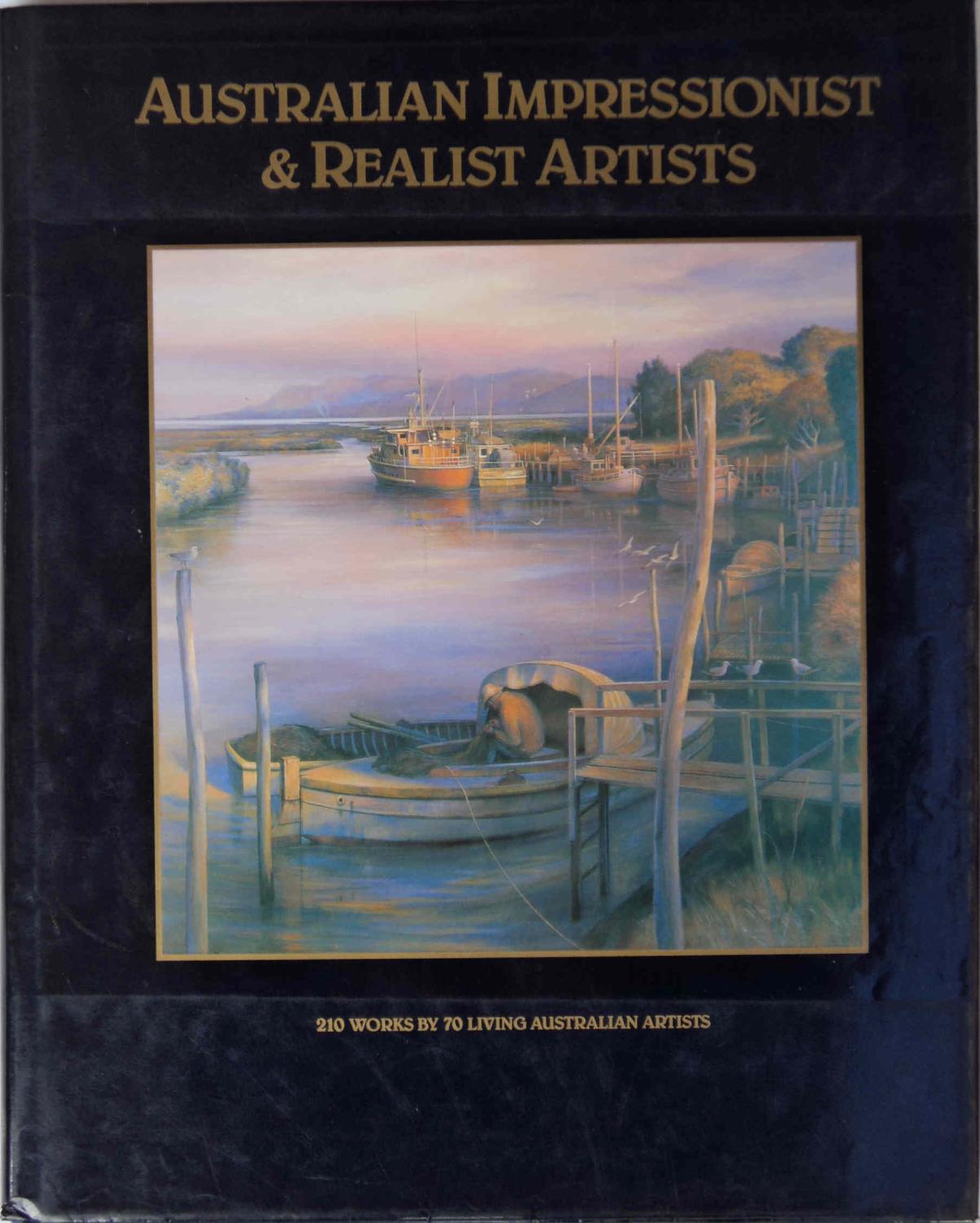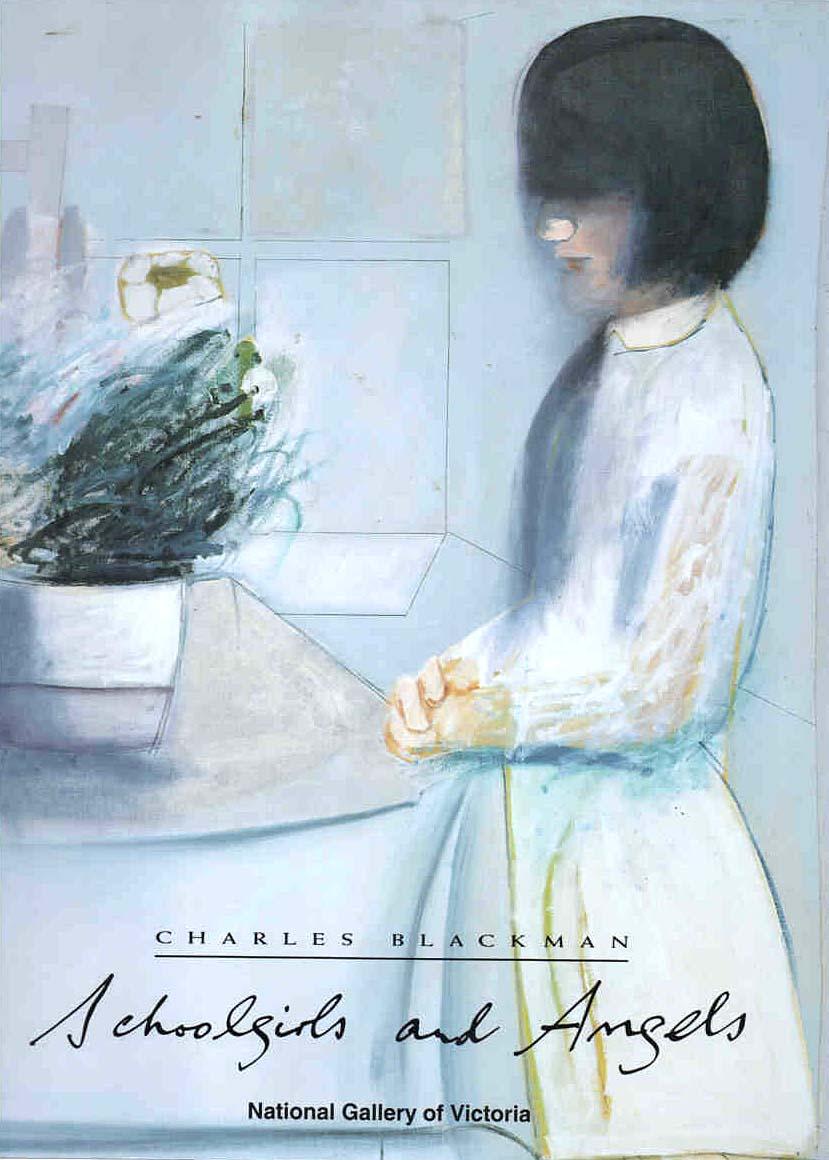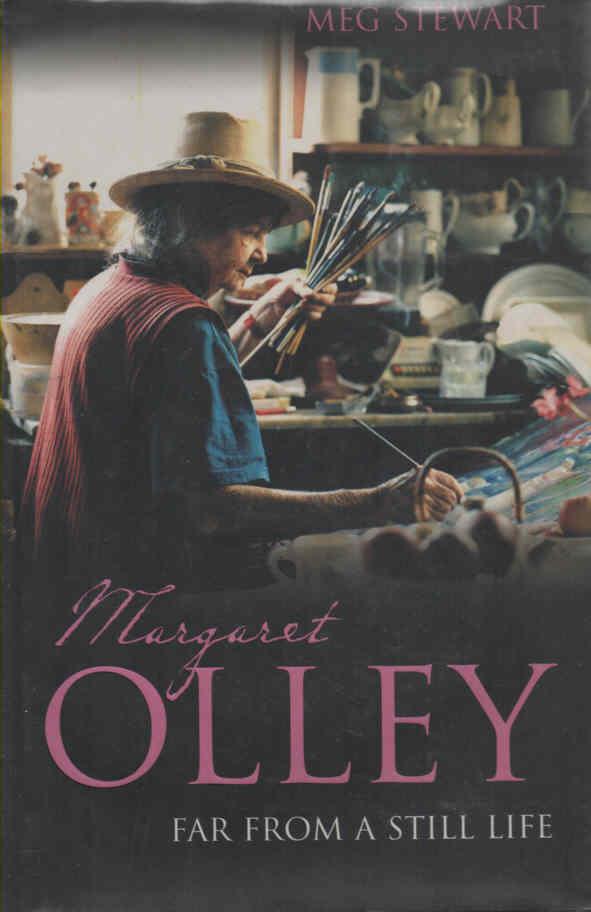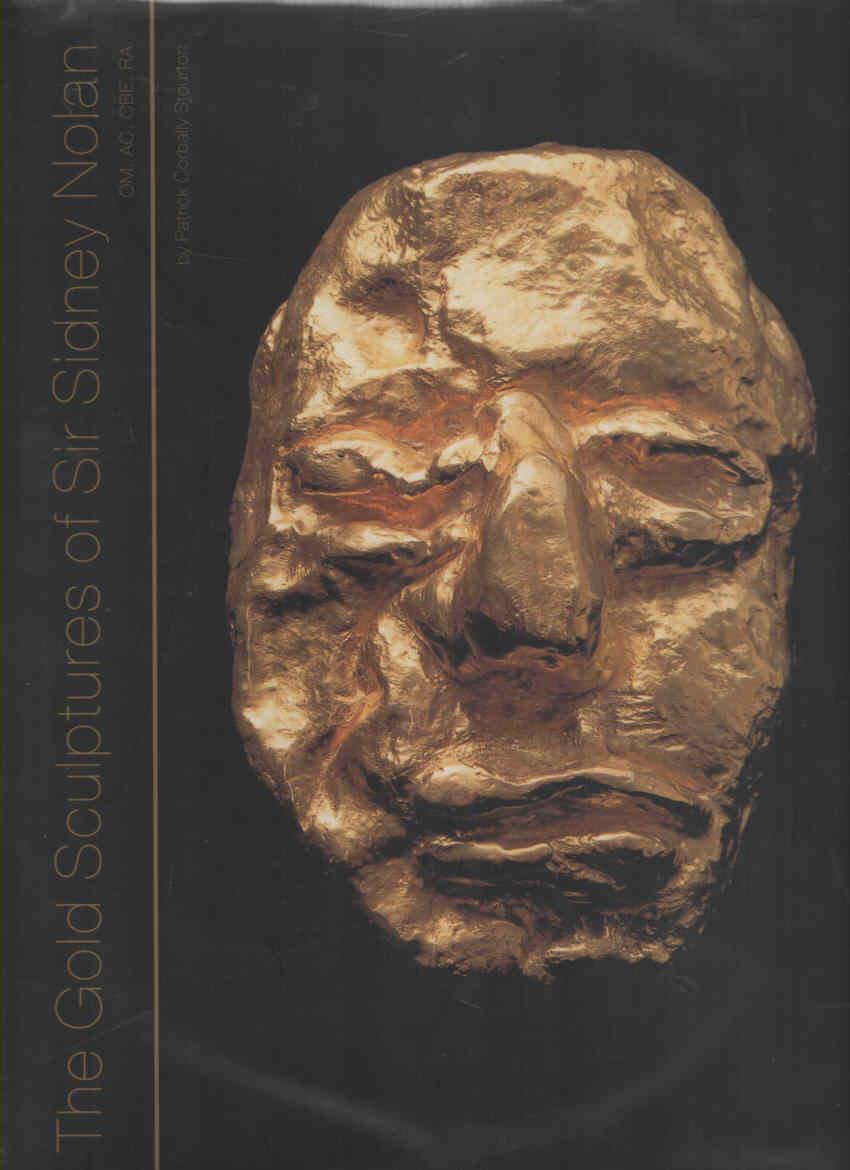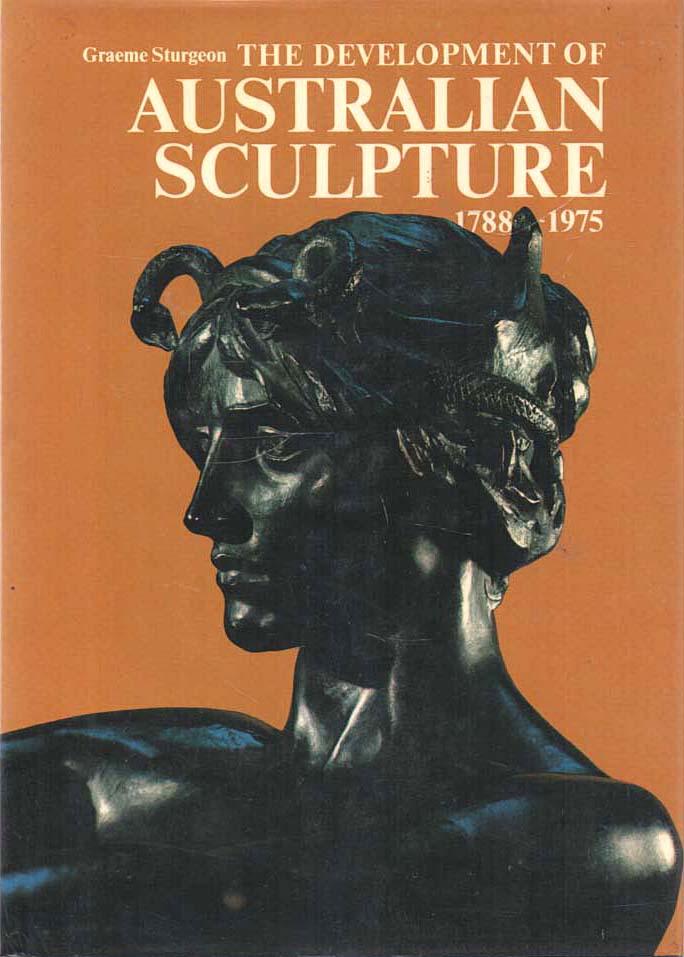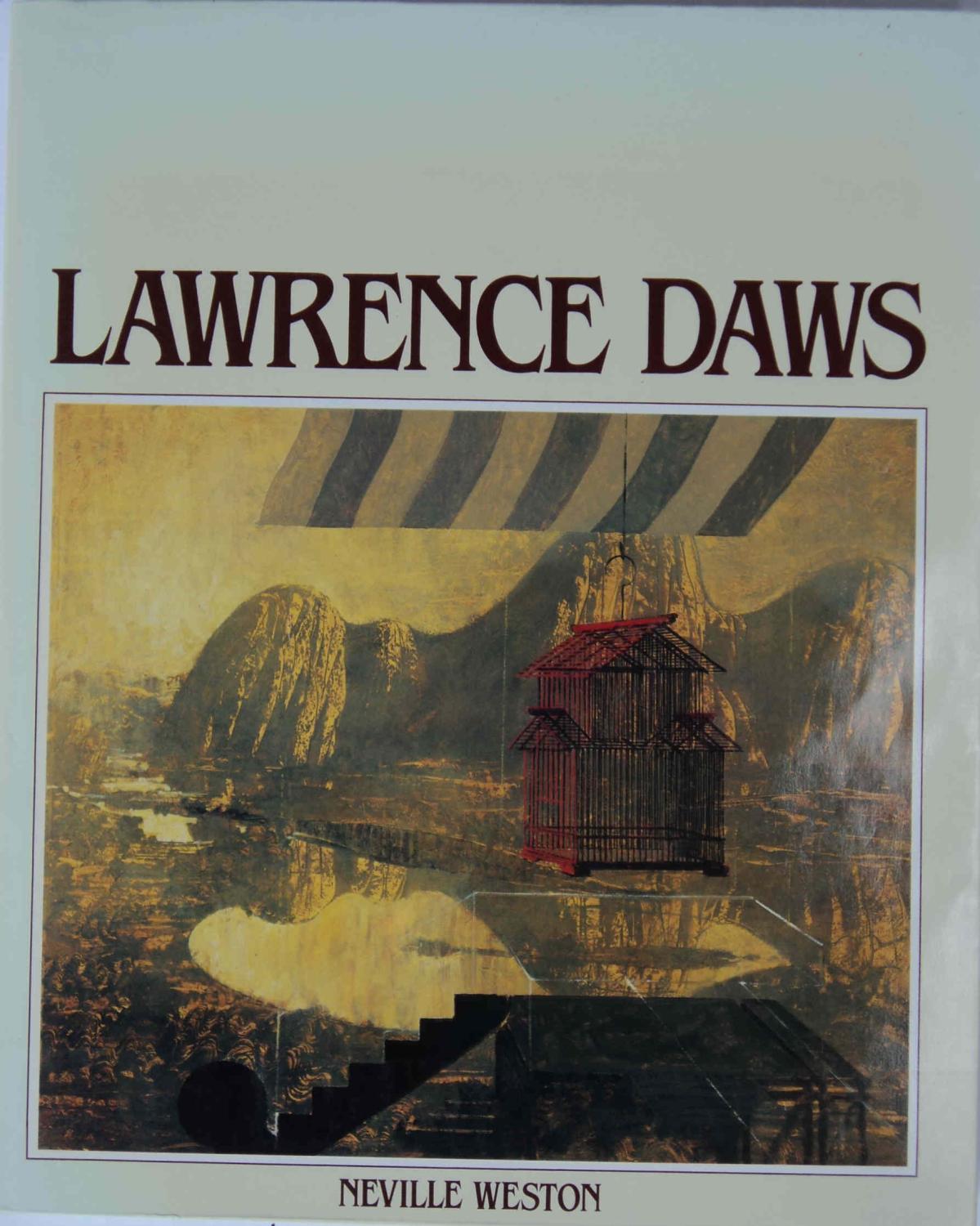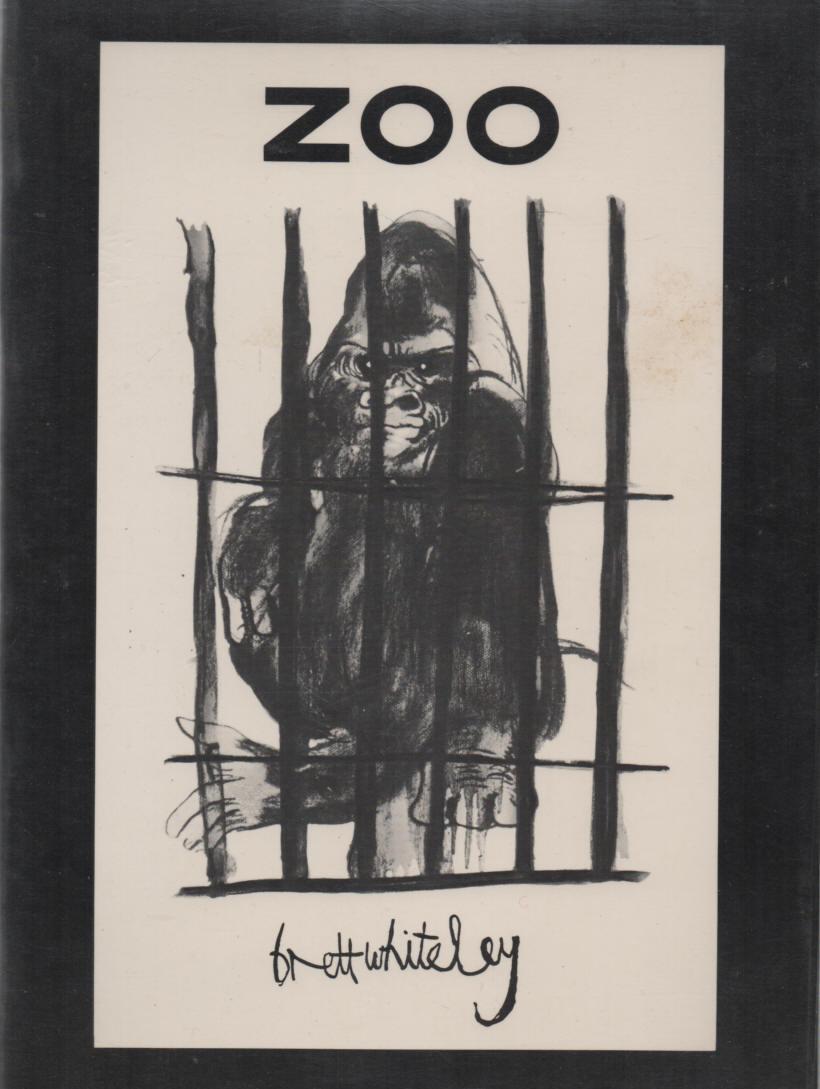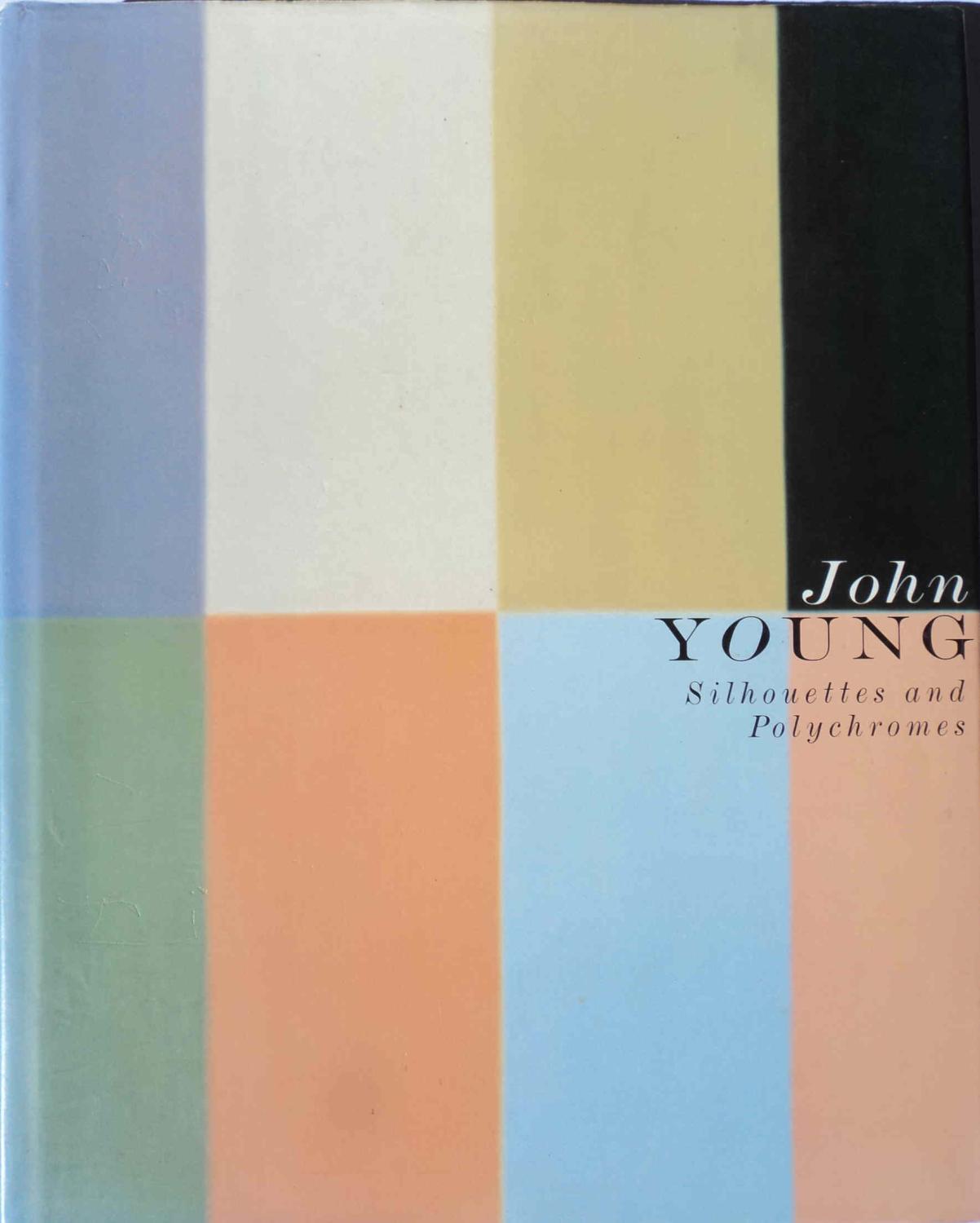-
94218
Pearce, Barry (Introduction by Edmund Capon)
- Michael Johnson
The Beagle Press, Sydney NSW, 2004.
Large quarto; hardcover, with upper board titles; 204pp., with many colour illustrations. Minor wear; a mark to the front free endpaper. Near fine in like dustwrapper (now professionally protected by superior non-adhesive polypropylene film). "Johnson's is the generation of Brett Whiteley and Dick Watkins, Tony McGillick, Wendy Paramour and John Howley; of hard-edge and colour-field experimentation, of minimalism, of the emergence of pop and conceptual art - and of the ideological dominance of American abstraction and all that followed it. This generation was at the coalface, as it were, of the great changes that were taking place in the post 1960s turmoil that was contemporary art practice. He, too, made the journey to London, to Europe, to New York, to explore and absorb - accept or reject - the ideas swirling through the art studios, schools, galleries. Johnson was born in 1938 in Mosman. His early years were spent wandering the foreshores of Sydney Harbour, fascinated with the patterns and scrolls of its shorelines, the iridescent surfaces of its changing tides, their expansions and retractions. His first painting was a small watercolour of Sirius Cove, painted when he was 10. As Pearce writes eloquently in the book, it was in this environment that Johnson became aware of the 'interrelationship between what could be seen on the surface of water, and what was suffused, refracted or invisible beneath it'. Even today he will talk of his paintings' 'breathing', of their expansions and contractions, their spirals, centrifuges and whirls, as if they were tidal - or at least, living, breathing substance. At other times he will talk of them as music, not substance, where colours are chords, with different tonal and melodic values, lines and blobs the staves, and he the orchestrator of gesture and pitch. Yet always Johnson's sustaining trope is the tension between surface and Yeats's notion of 'the deep' - that 'deep heart's core' that Yeats writes about, where being resides. He is after a corporeal universe that is simultaneously both substance and deep space. 'I want to suggest an underlying existence, yes,' says Johnson of his art, 'but - and this is the problem I am still wrestling with - I still haven't solved it. I can't make it be there in them. Because it's not. It's only paint. I can only make an allusion to it. Otherwise, it would be an illustration of it. And that's impossible.' While Pearce was tiptoeing around the edge of his volcano, wondering whether to peer in, or merely allude to it, the decision was made for him. 'None of that personal, emotional stuff,' Johnson told Pearce. 'No biographical stuff, that is another book. If there is any biography, it is how it relates to the art. Best to get the work down.' Michael Johnson is therefore not about Johnson, as such. With more than 100 large colour plates, photographs of Johnson art work and Pearce's careful journey through Johnson's ideas and practice, it is instead an account of the evolution of his thinking about art. 'His life, if you like, has been a quest,' says Pearce, 'a quest to understand the language of painting - and then transform it into his own voice. That is what the book's about.' What lies beneath the volcano, buried in the archaeological layers of feeling, behind the skin of the eye, is, as Johnson himself said, the subject of another book." - Angela Bennie, Sydney Morning Herald.
Click here to order
$120
|
|
